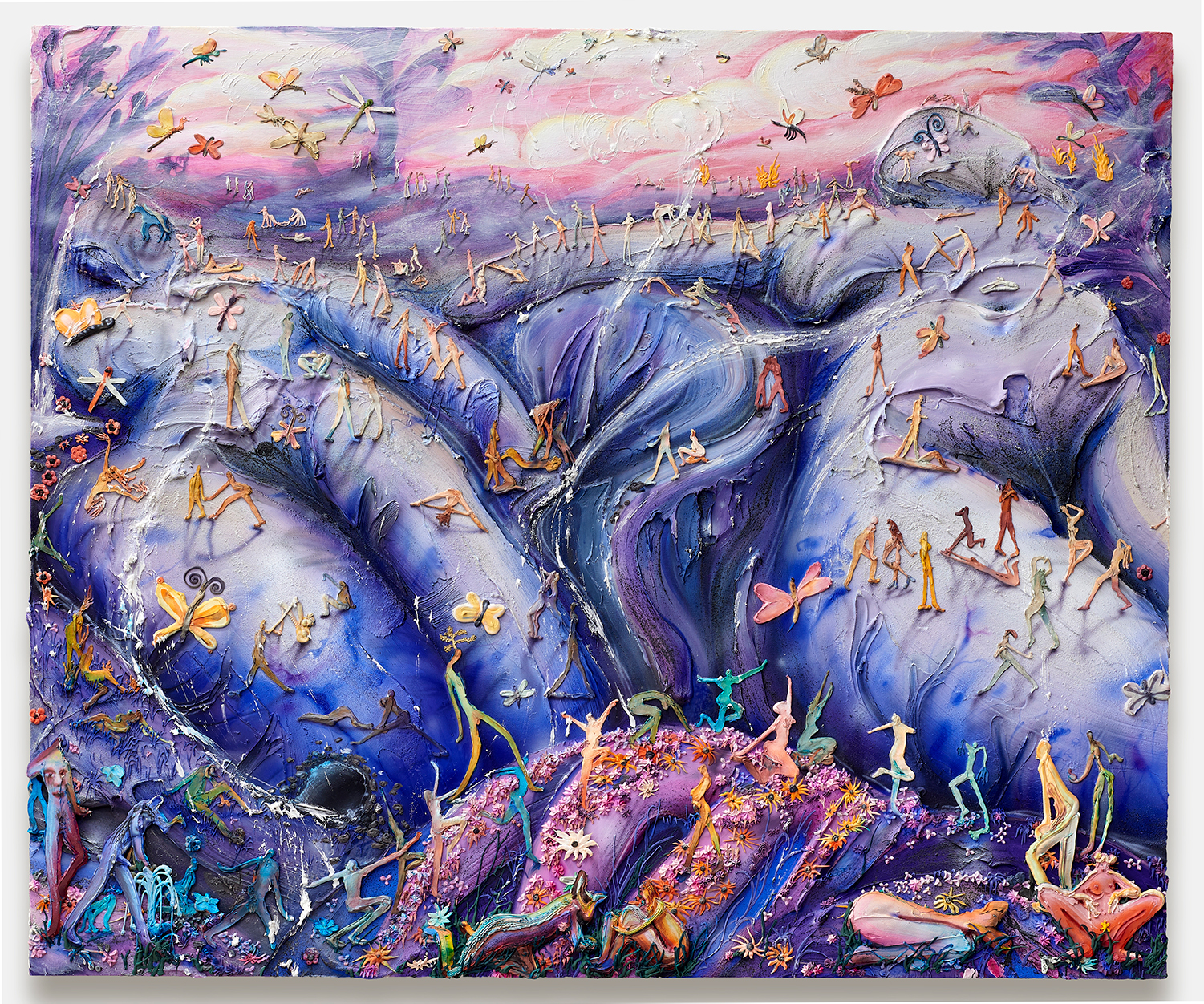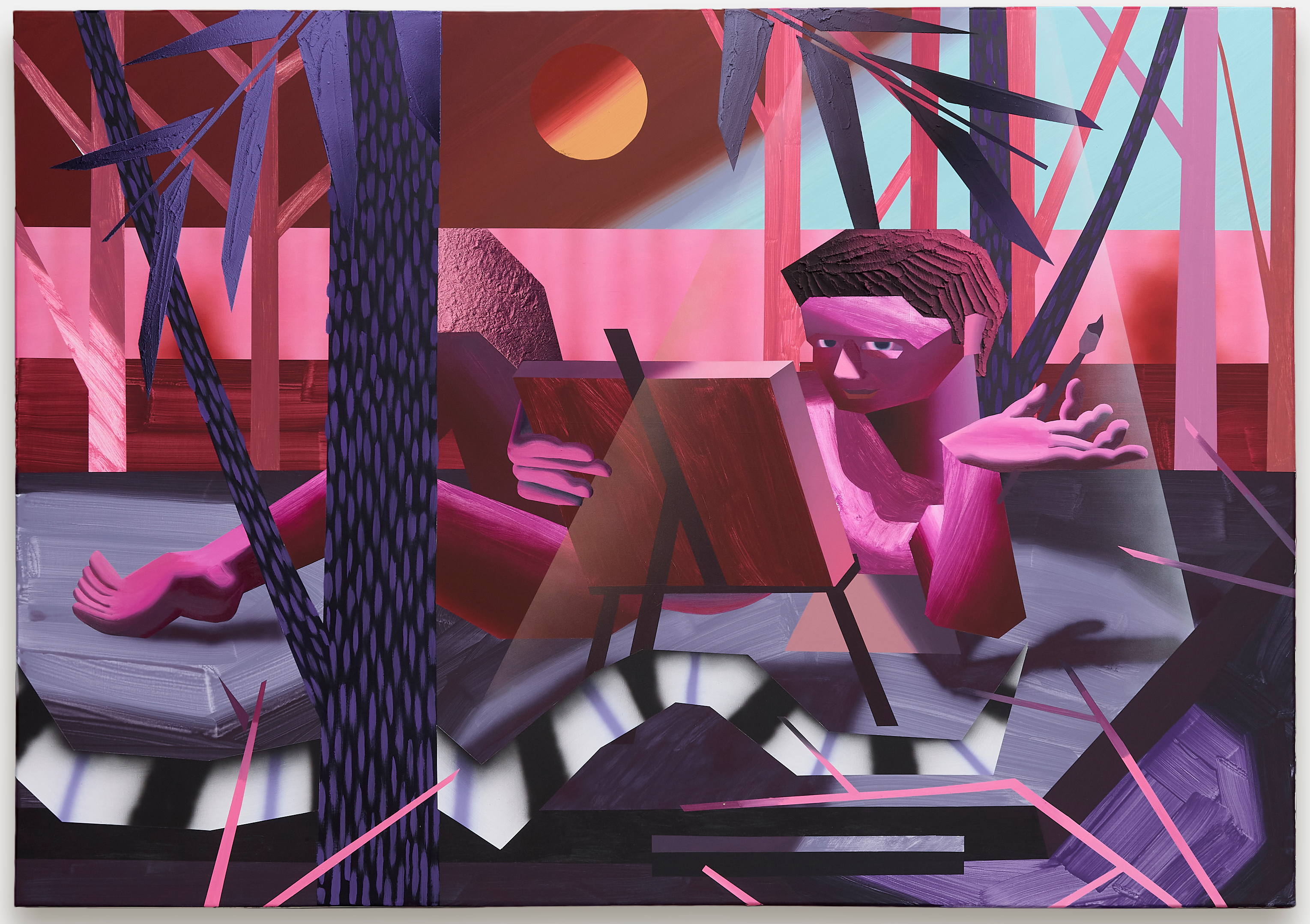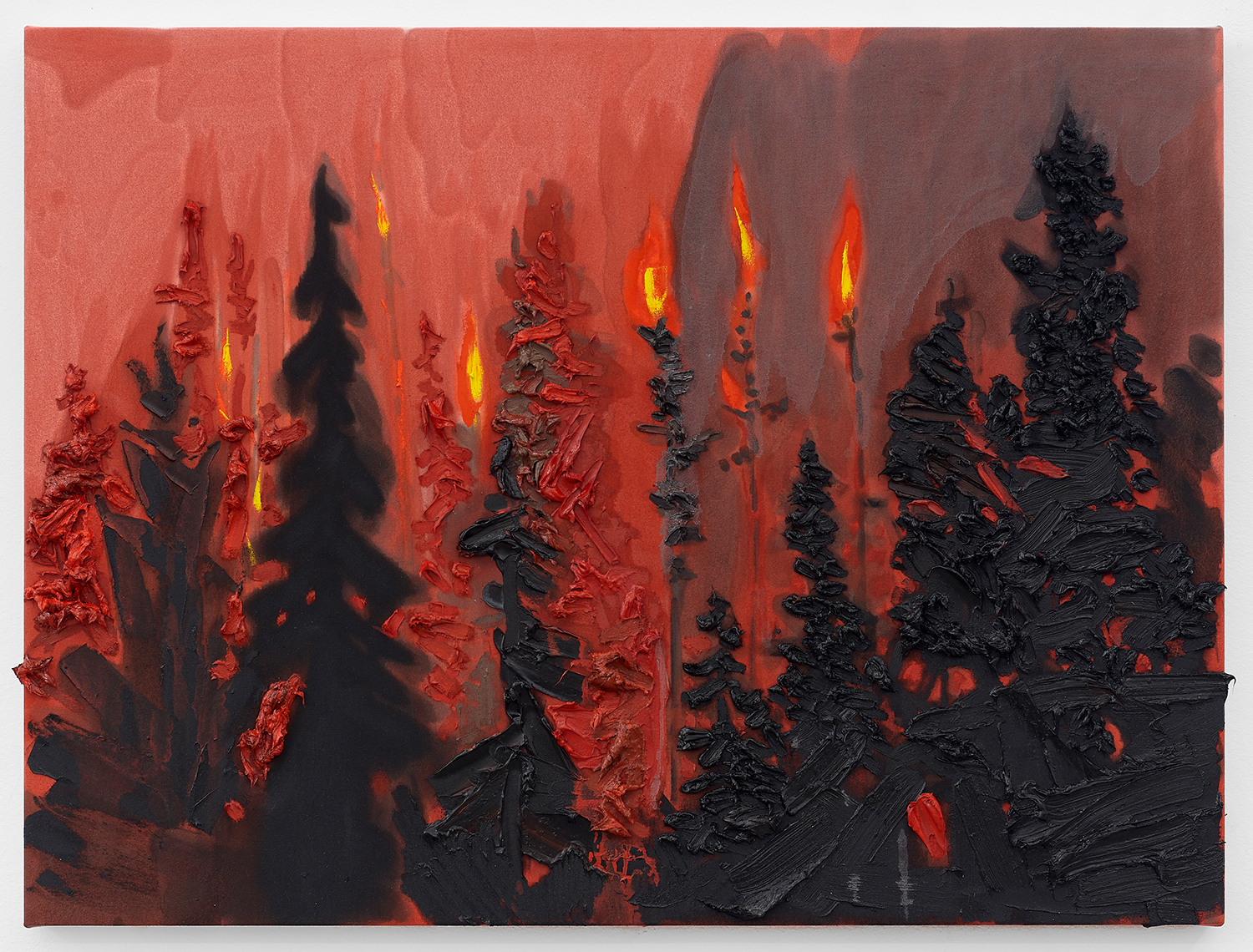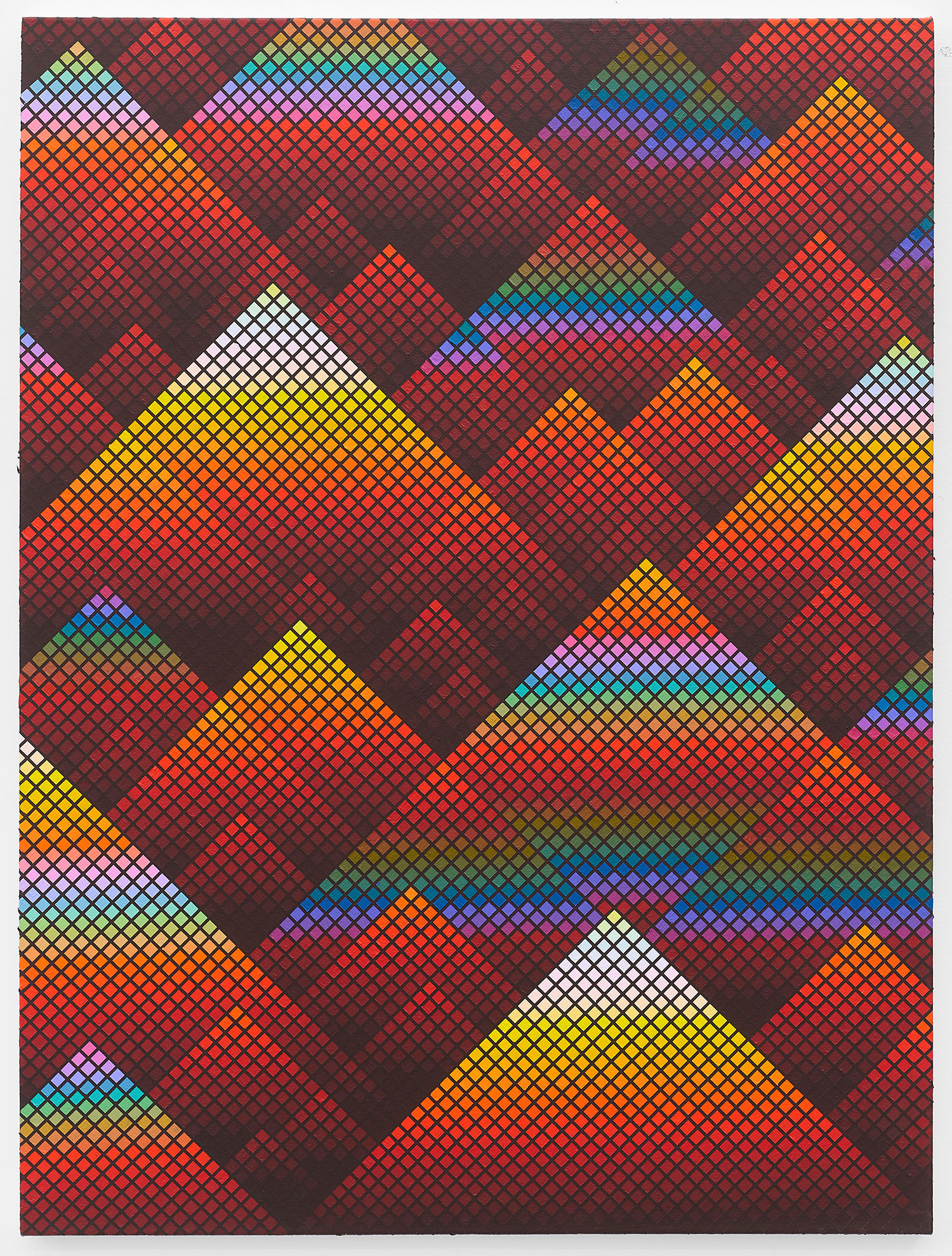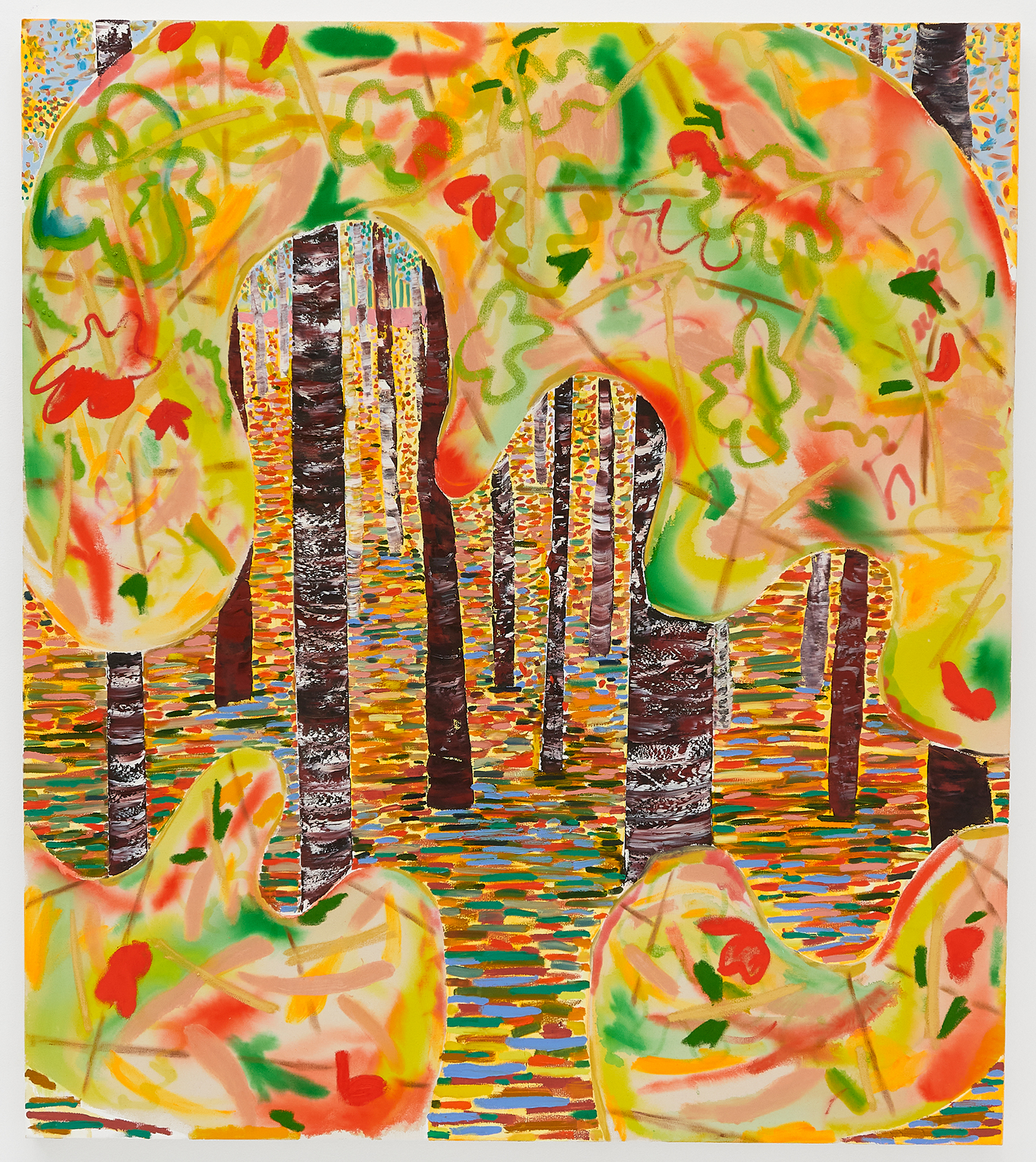Visit the Manscaping online viewing room here
Adam de Boer, Amelia Briggs, Amy Lincoln, Ant Hamlyn, Anthony Miler, Audrey Large, Botond Keresztesi, Brandon Lipchik, Brendan Lynch, Brittney Leeanne Williams, Bryant Girsch, Cara Nahaul, Caroline Larsen, Cecila Fiona Strandbygaard, Chelsea Seltzer, Dan Attoe, Daniel Andres Alcazar, Darryl Westly, Ed Ruscha, Ena Swansea, Eric Yahnker, Gabrielle Garland, Gao Hang, Grant Stoops, Henry Hudson, Hiroya Kurata, Ivan Seal, James Ulmer, Jean Nagai, Jeremy Shockley, J.J. Manford, Jochen Mühlenbrink, Jon Young, Karl Maughan, Kate Klingbeil, Kim Dorland, Krzysztof Grzybacz, Leo Park, Leslie Weissman, Lisa Vlaemminck, Magda Kirk, Martina Grlic, Mathew Tom, Mathew Zefeldt, Matt Belk, Matt Murphy, Matthew F. Fisher, Matthew Hansel, Micah Ofstedahl, Natalie Birinyi, Natalie Westbrook, Nevena Prijic, Paul Corio, Philip Hinge, Rick Leong, Rosson Crow, Shara Hughes, Sholto Blissett, Taylor McKimens, Theo A. Rosenblum, Tim Gardner, Tim Irani
New York, NY — The Hole is proud to present Manscaping, our yearly thematic group extravaganza now across two galleries, Bowery and Los Angeles. With over sixty artists on both coasts and a forthcoming catalogue, Manscaping looks at depictions of landscape today with a whiff of gender nonsense.
As a genre, landscape has been central to art since pre-history as humankind intrinsically seeks to record the world around it. Whether accurate or idealized, landscape reveals as much about the recorder as the recorded; just as in past centuries cartography showed how past peoples viewed the world as they tried to make sense of it, today the new frontiers to chart are intangible: video mapping instead of cartography, deep space instead of deep oceans, but the drive to give image to the world around us persists.
Landscape today may not be the most snazzy genre; right now all the fireworks are still in figuration—and, as with our thematic group exhibition last year, Nature Morte, even still life is popping off. Landscape is the slow burn, where our contemporary world is reflected but with less flash. I have to be in the right headspace myself, and it is nice that these two exhibitions provide a figuration-free environment in which we can adjust our eyes to the solitude.
Manscaping we interpret as nature impacted by mankind, not male grooming habits of course; how the idea of raw and rugged untouched nature is an anachronism. Instead of nature “red in tooth and claw” we have symmetrical and still nature, smoothed out and shaved; fantastical or virtual, but not the sloppy Romantic style traced from Turner though Plein Air.
What I have been seeing in emerging landscape is a magical realism, a topiary-like control, and a digital framework. Magical realism has landscapes coming alive with activity and spirit, as in the detailed swirling works of Cecilia Fiona Strandbygaard or Kate Klingbeil. The tight control of the natural world comes across in the discrete and symmetrical shapings of Matthew Fisher or Tim Irani. And the digital tools impacting our way of giving image to nature range from literal with Mathew Zefeldt and Gao Hang to more subtle with Lisa Vlaemminck and Ena Swansea.
Manscaping I liked because when studying landscape, gender trouble always made me wanna barf; anything earth mother, any rolling boob and butt hills, any enviro-gendering of our “assaulted” female earth. In this show we include female body as landscape but also male body as landscape and also no-body as landscape, as well as some humorous gender cliché—upending and some actual hairy man-scapes from Magda Kirk or Bryant Girsch. It’s like figuration can’t quite be kept at bay; even the landscape has to be somebody!
I thought the plastic “live walls” were very poignant as I picture the consumers of these products to be well-intentioned interior designers of sad offices with no natural light. And seeing some green on your retina is undeniably uplifting—in fact scientifically! Having a profound transcendental experience with the natural world may not be as much of a thing today as it was in the Romantic era. Instead of “Monk By the Sea” we have Zefeldt’s character in Grand Theft Auto looking out onto the beautiful programmed hills of the video game. As the wild, natural world is destroyed perhaps the future of landscape as a genre is the digital sublime.
Our entire staff here contributed to the curation of this project, which makes it extra gratifying: Julien Pomerleau, Elena Platonova, Sorat May Andersen, Jessica Gallucci and Raymond Bulman.
For all sales inquiries email sales@thehole.com
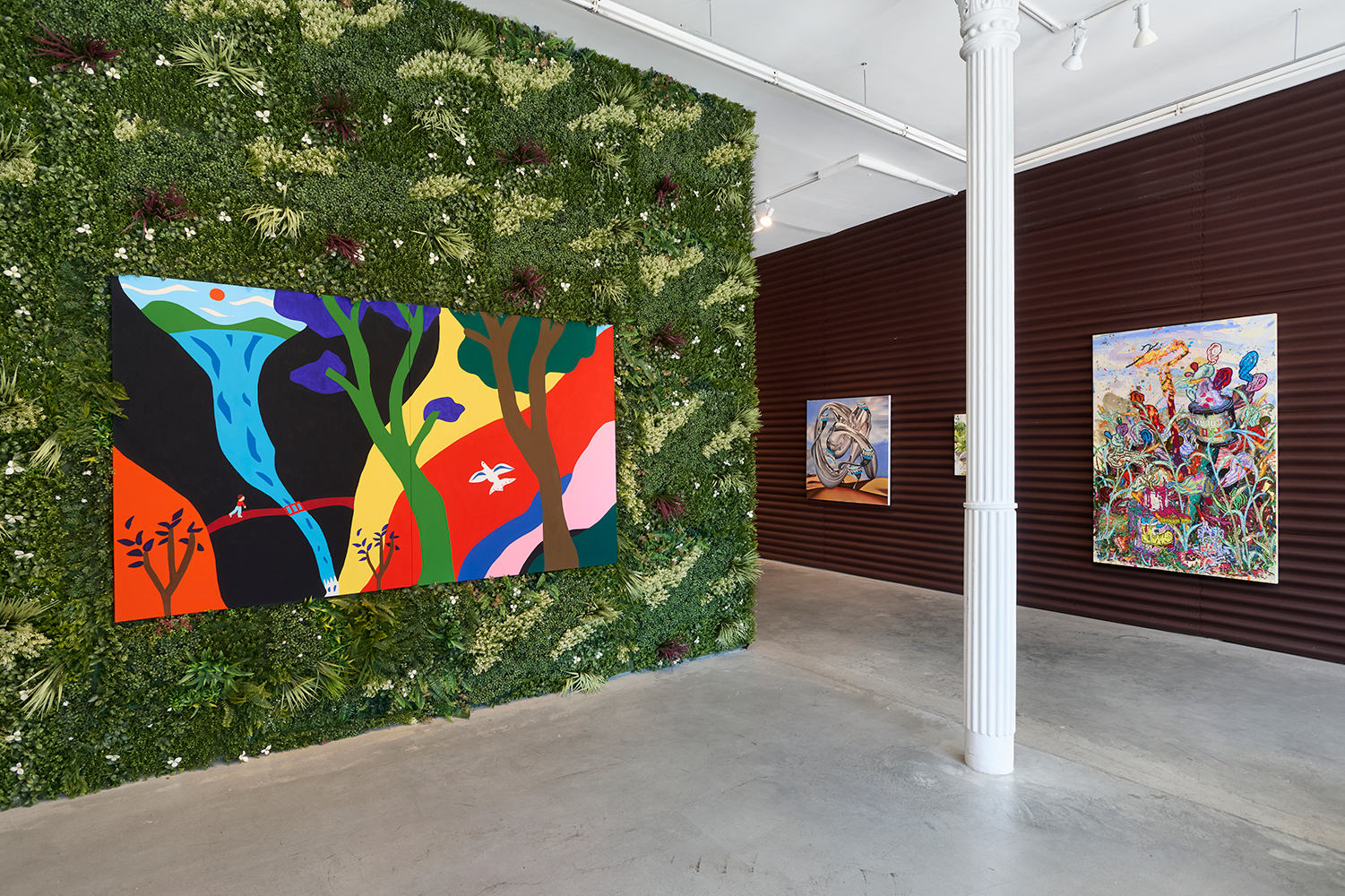
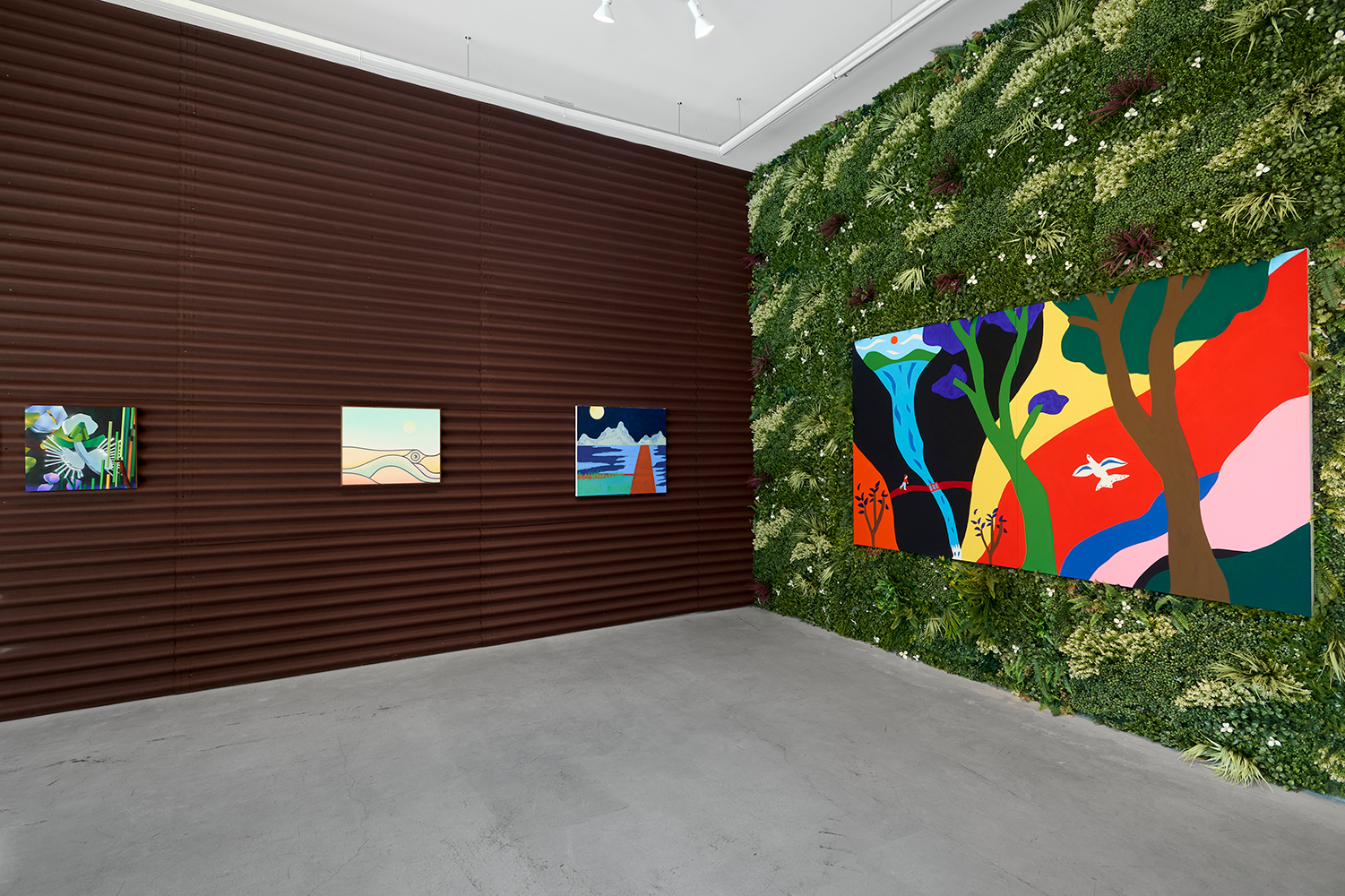
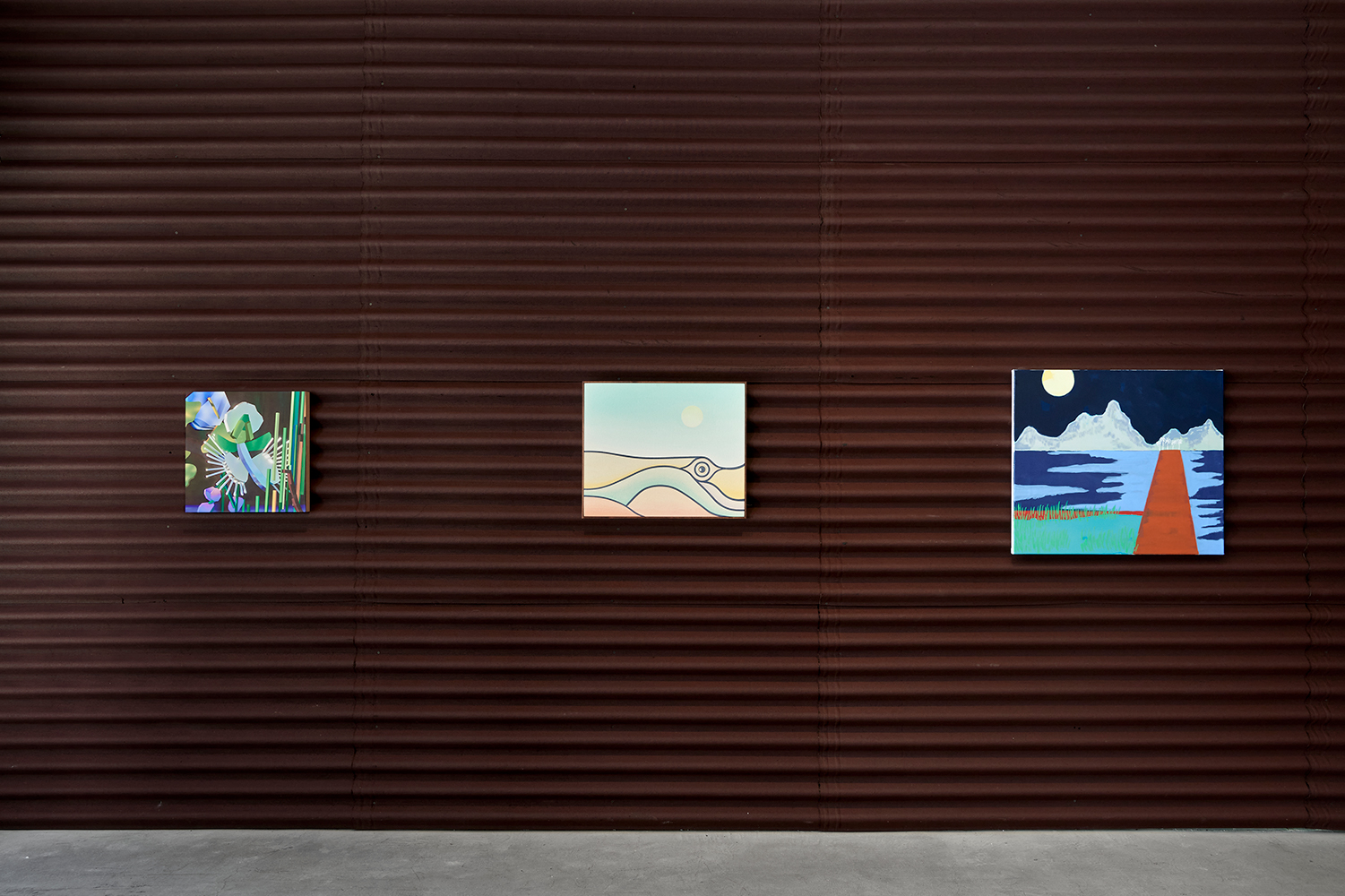
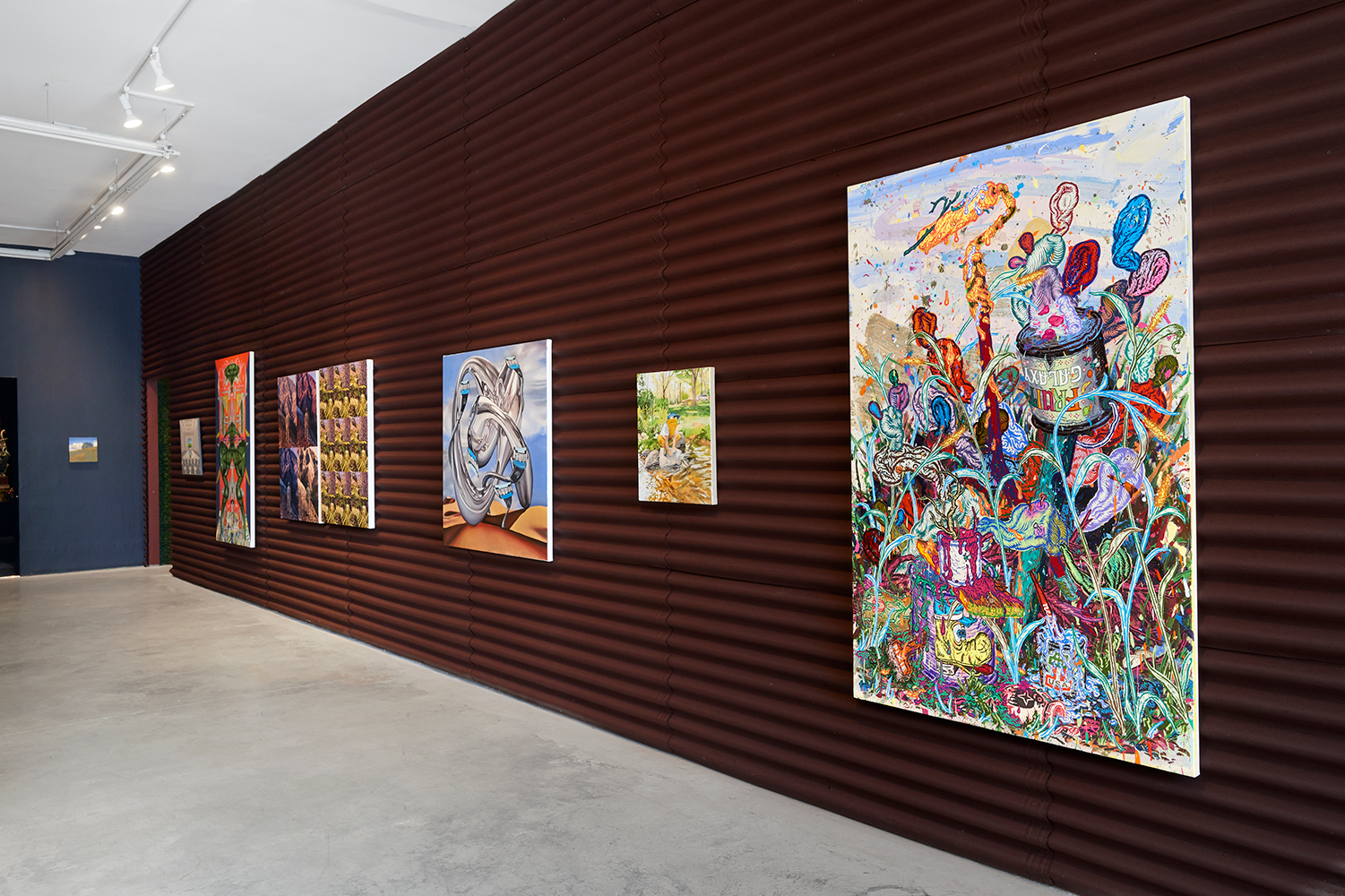
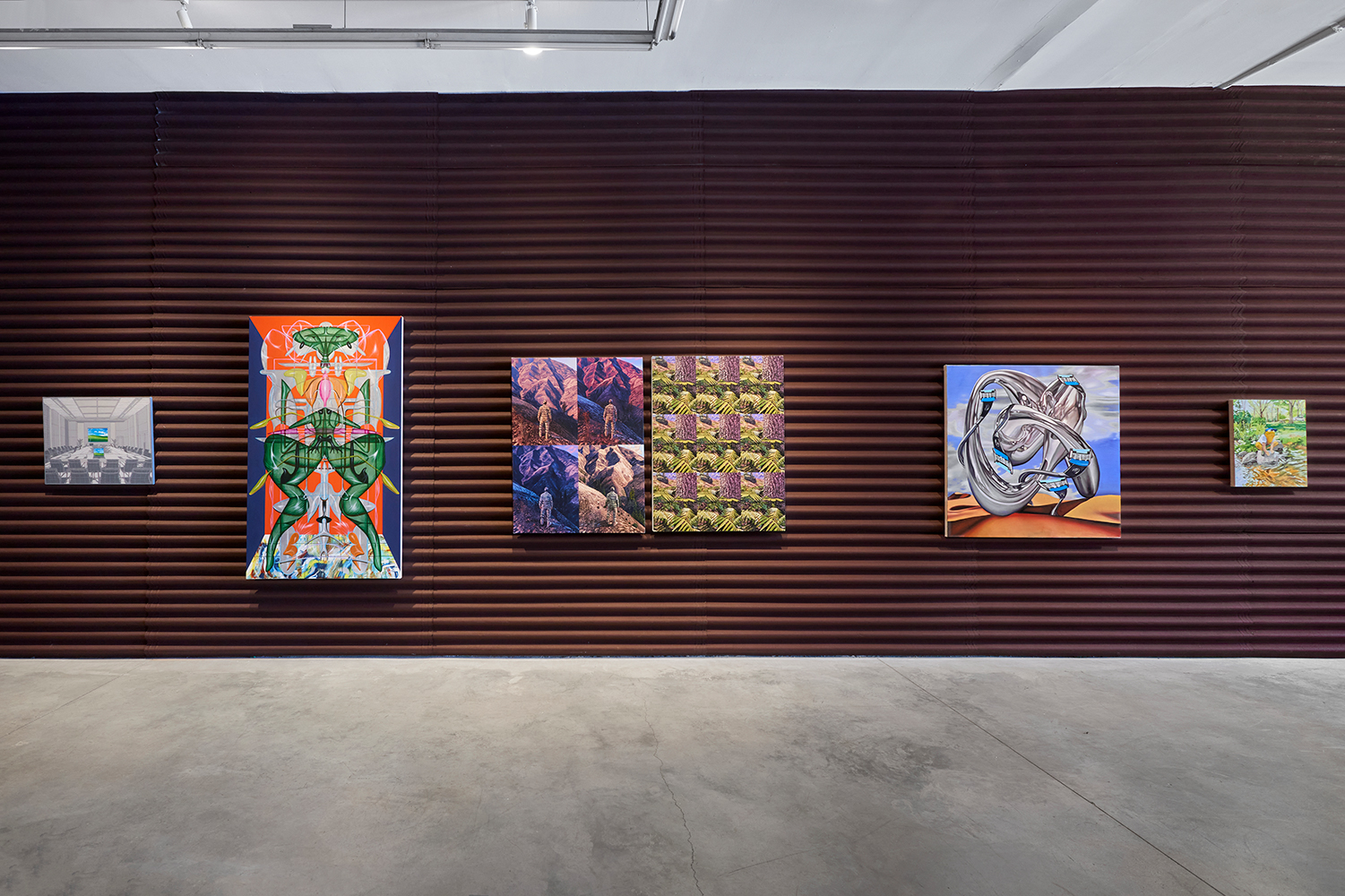
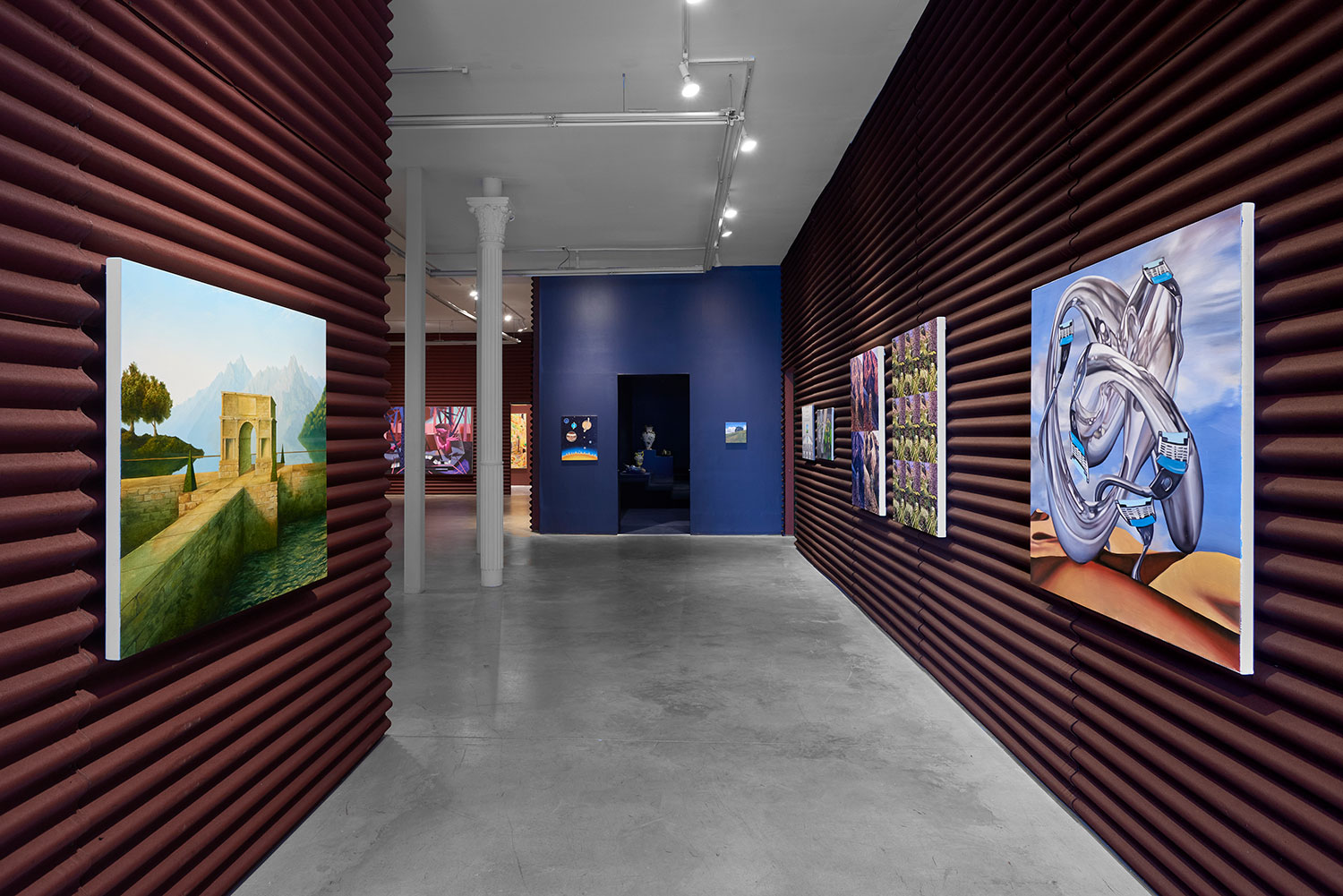
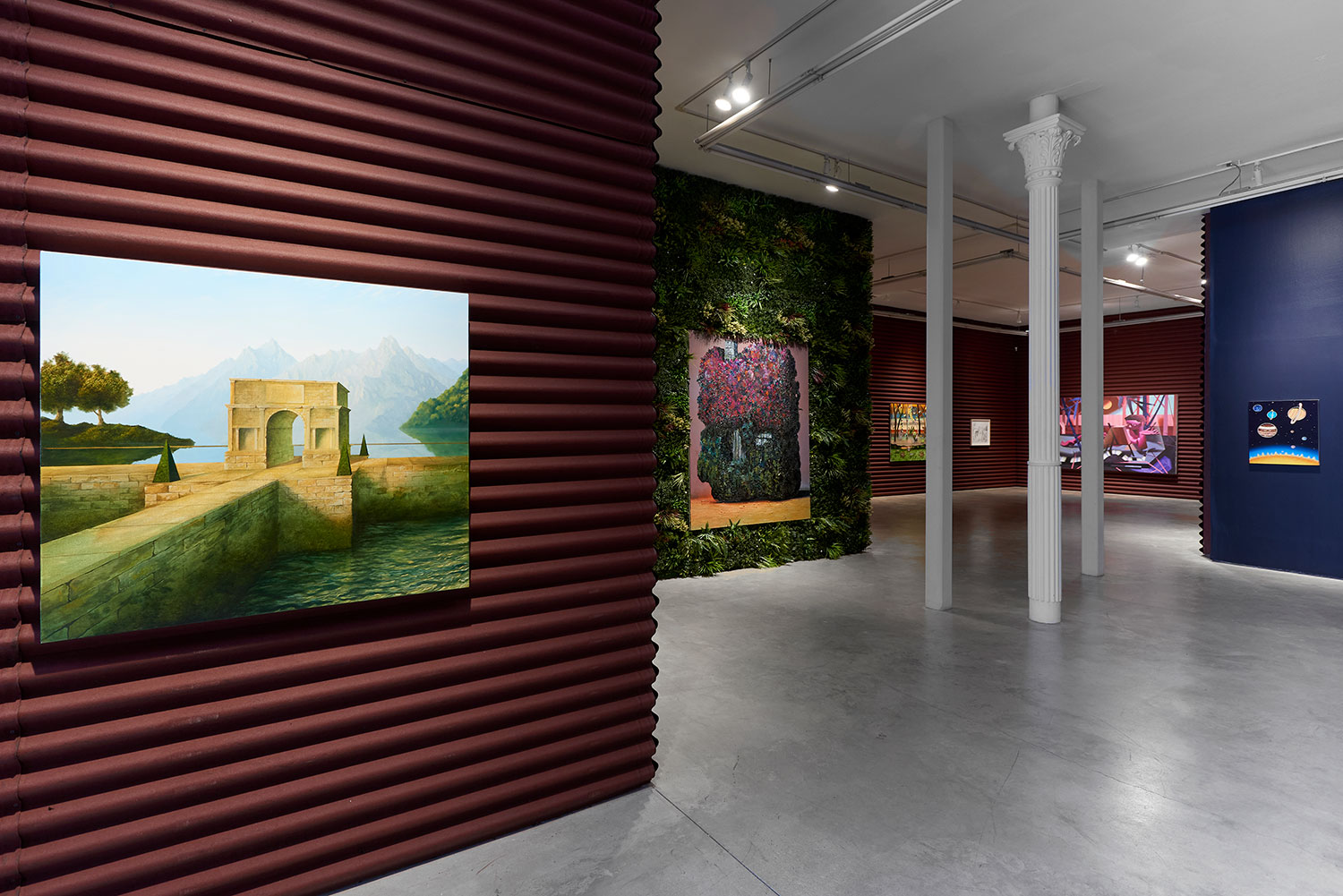
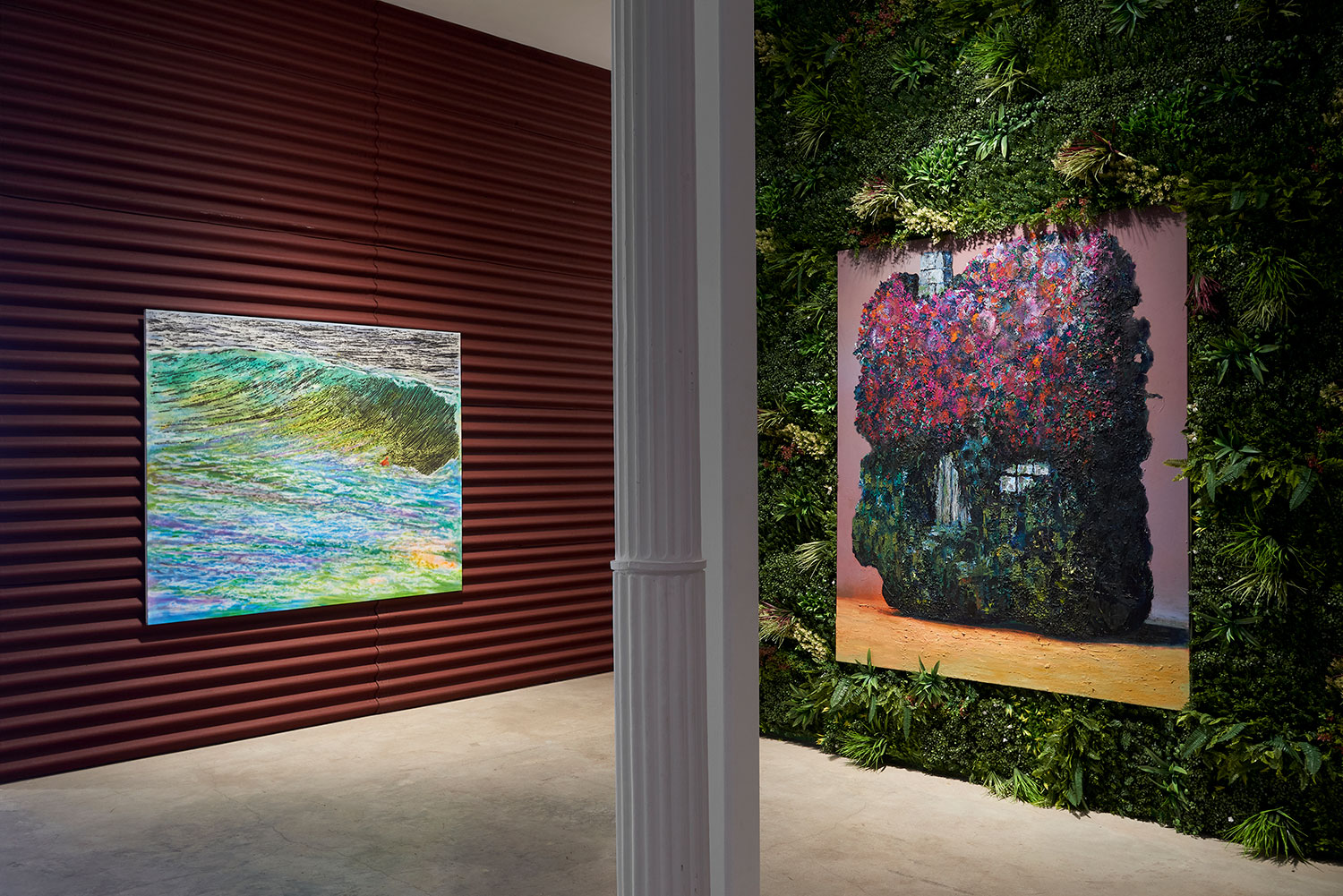
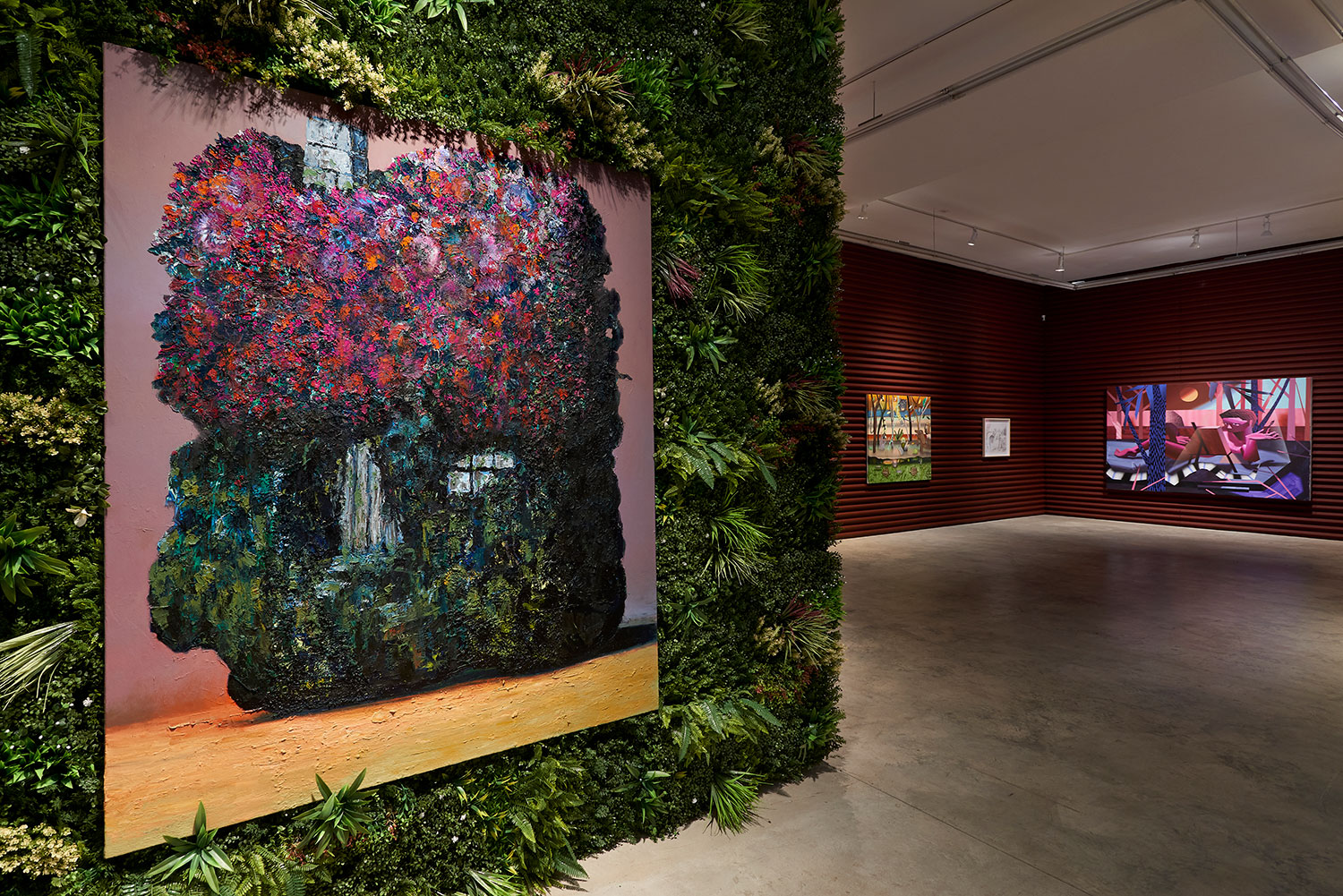
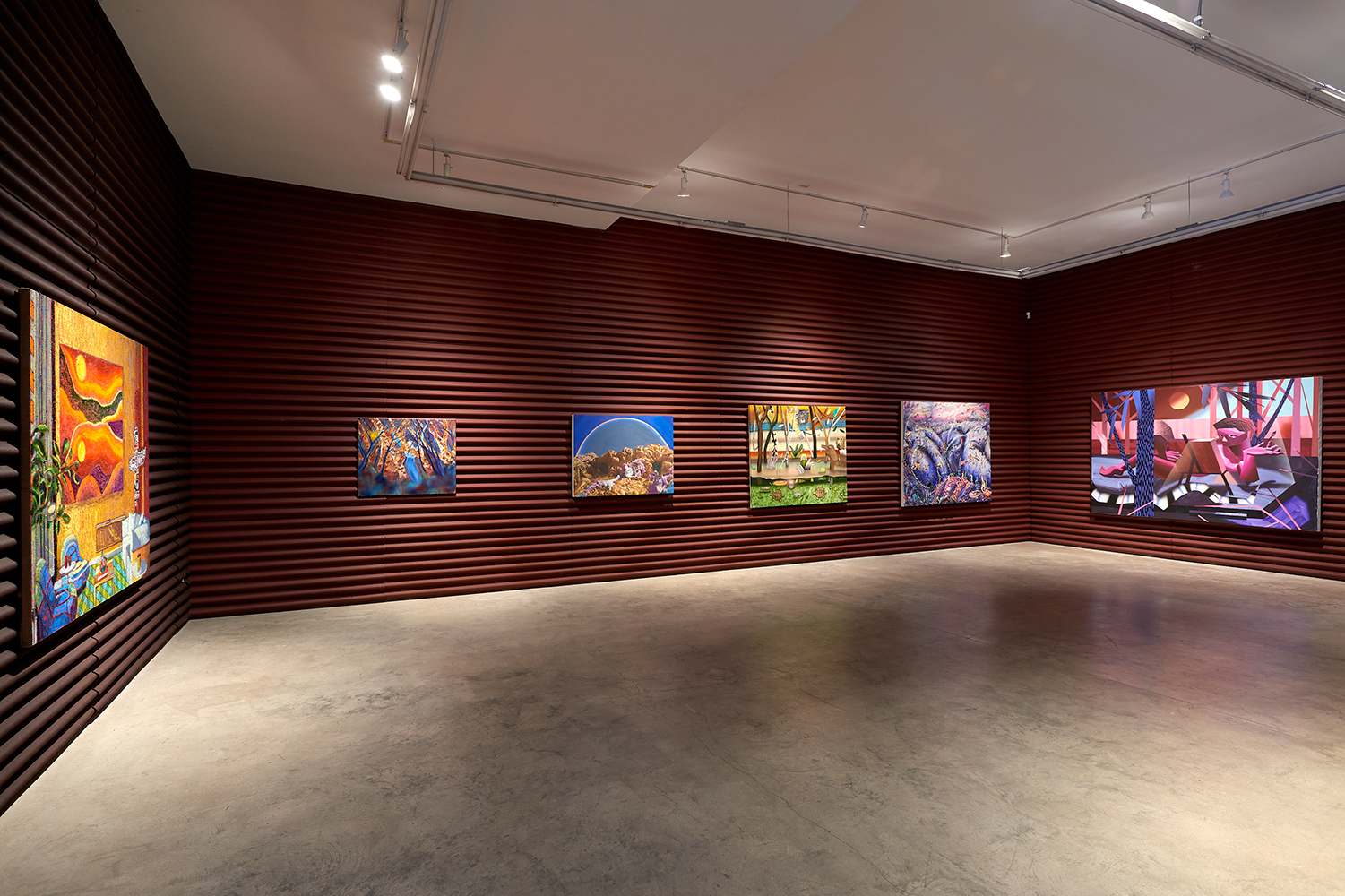
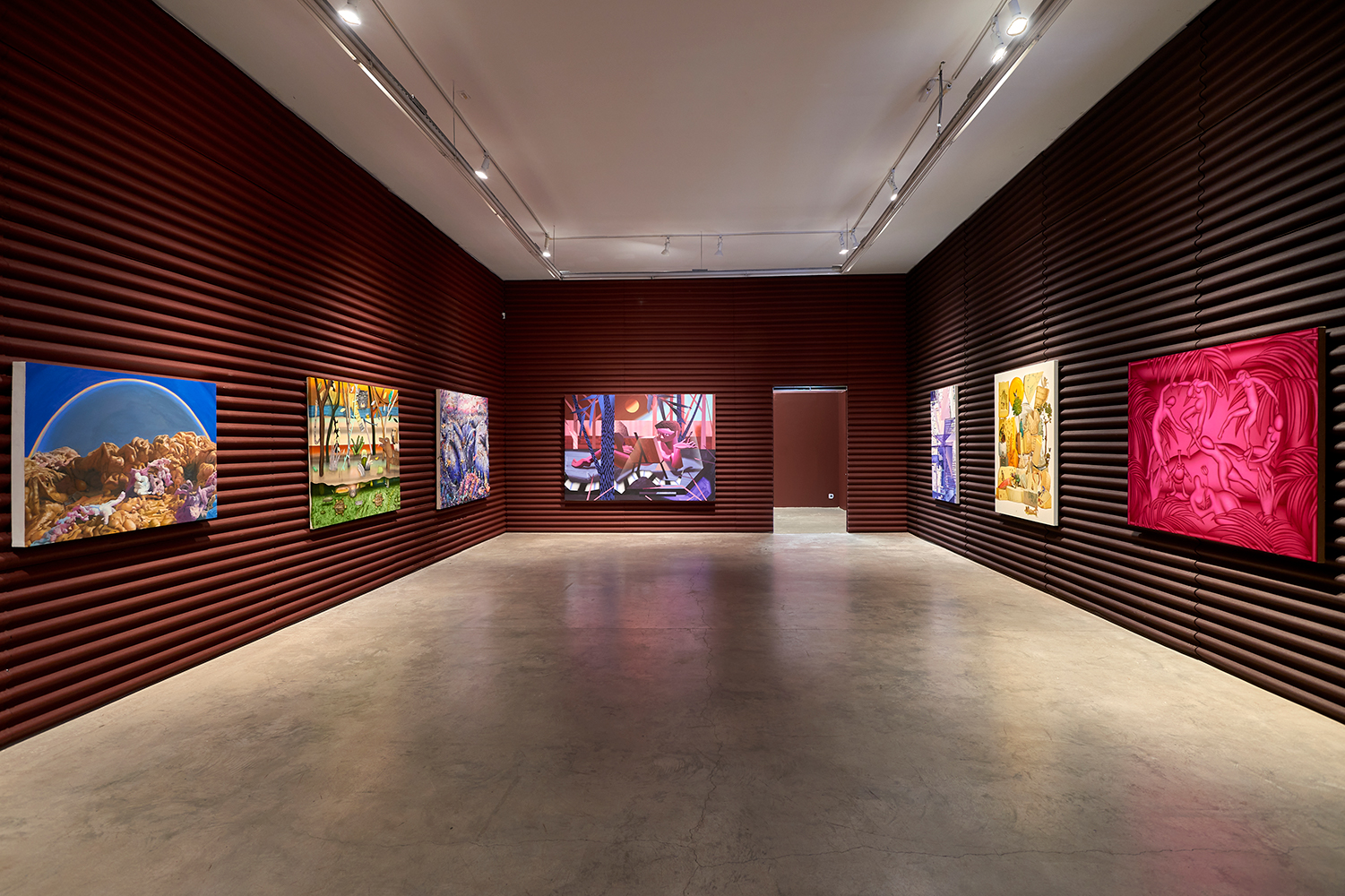
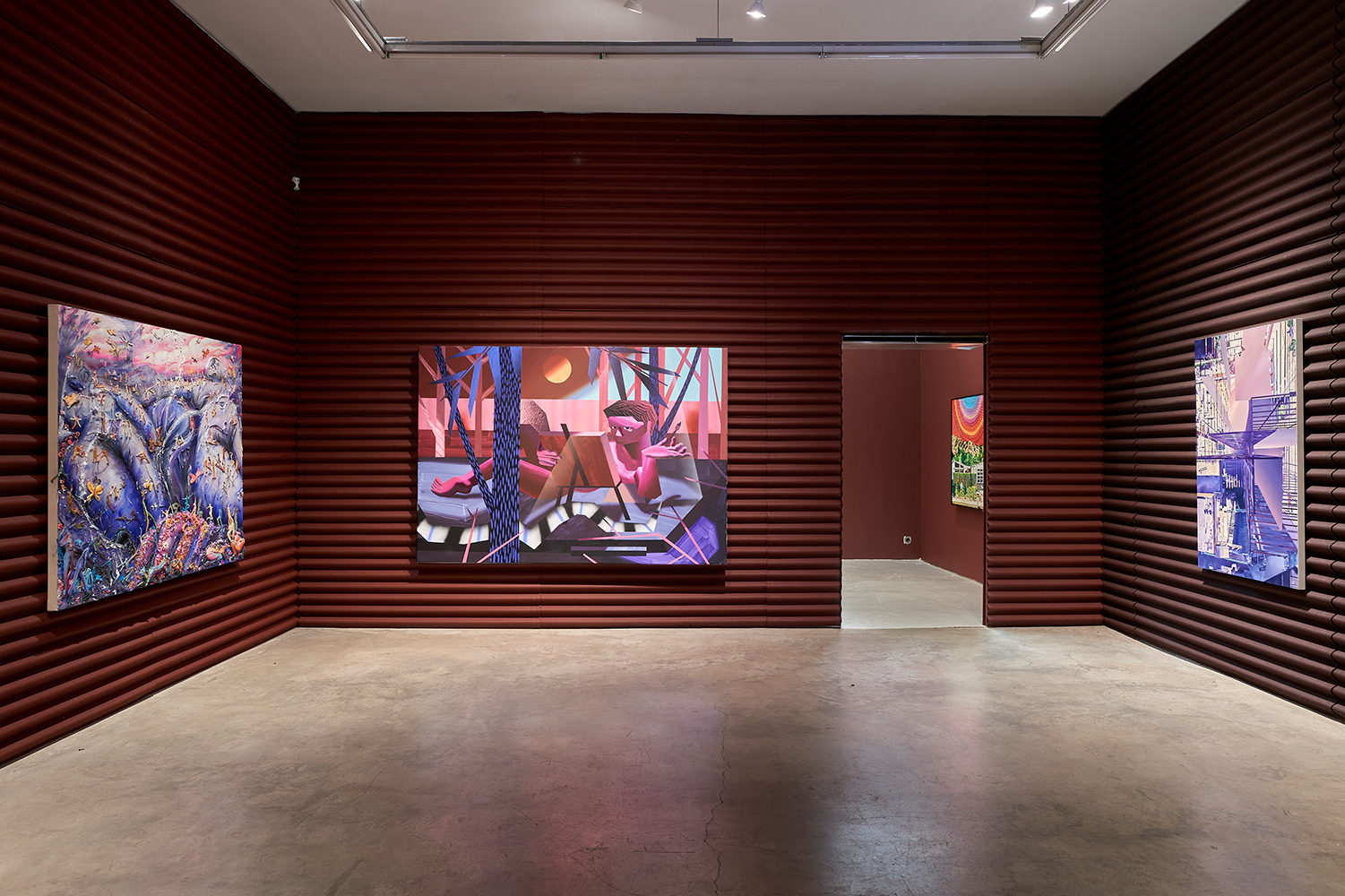
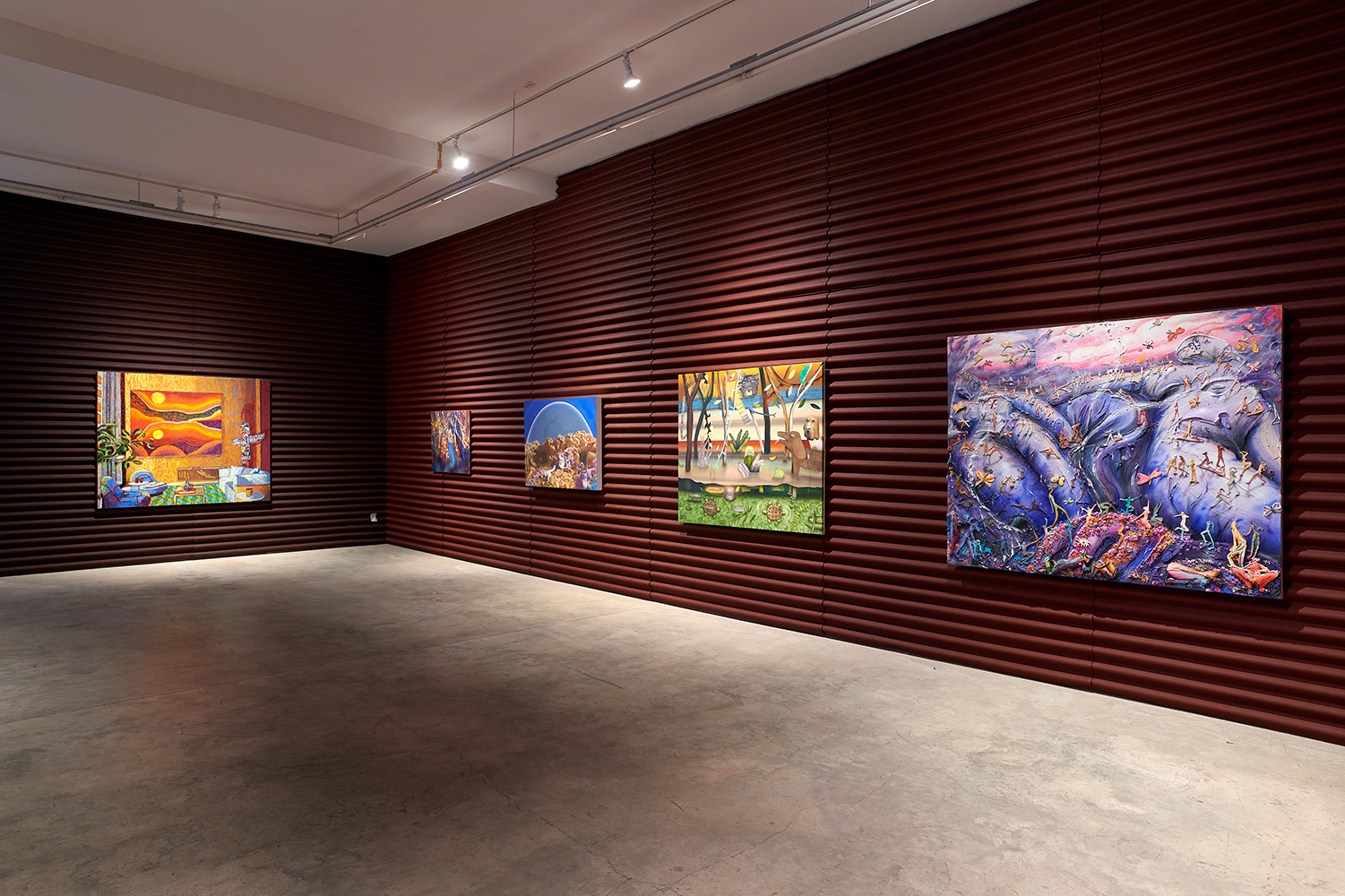
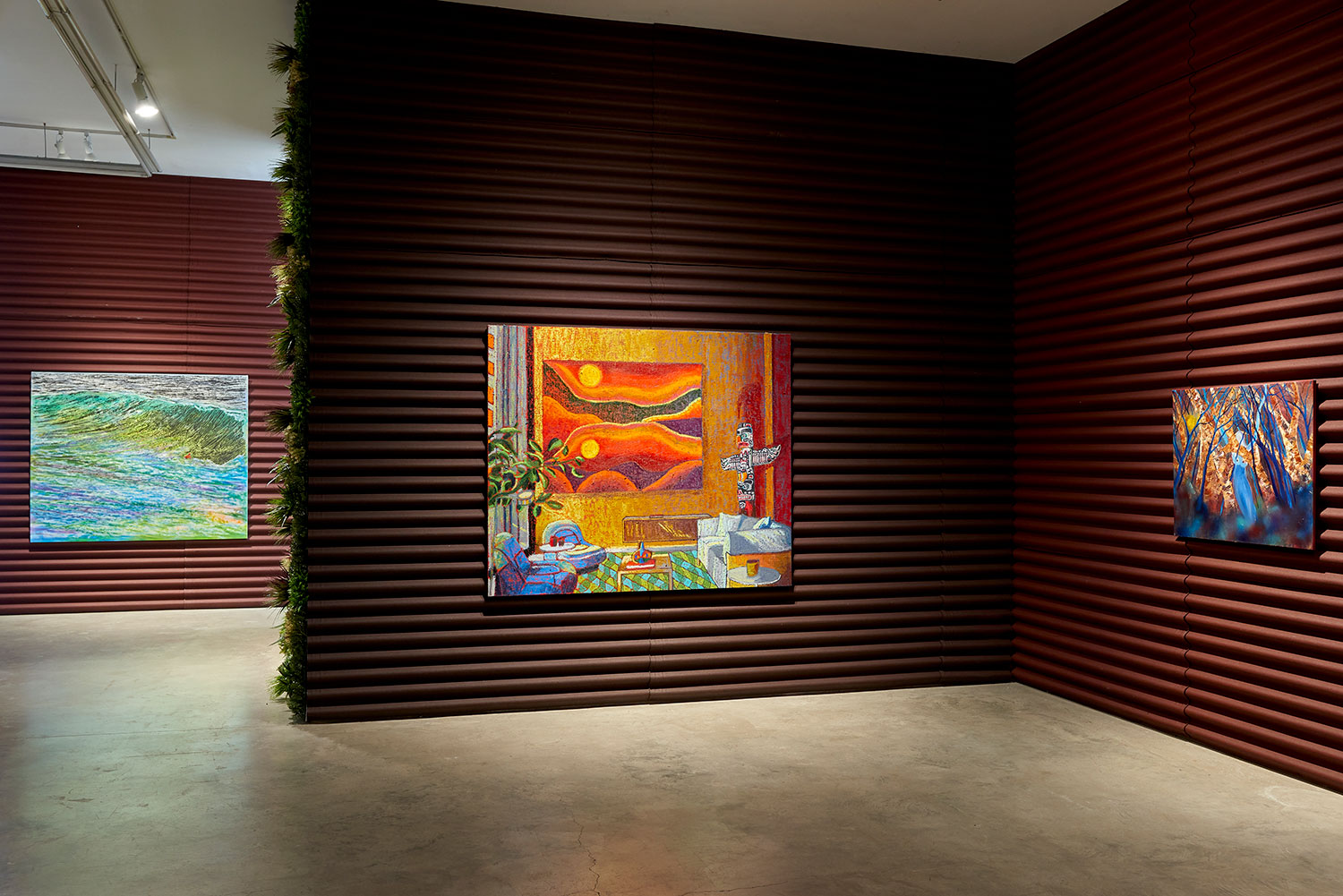
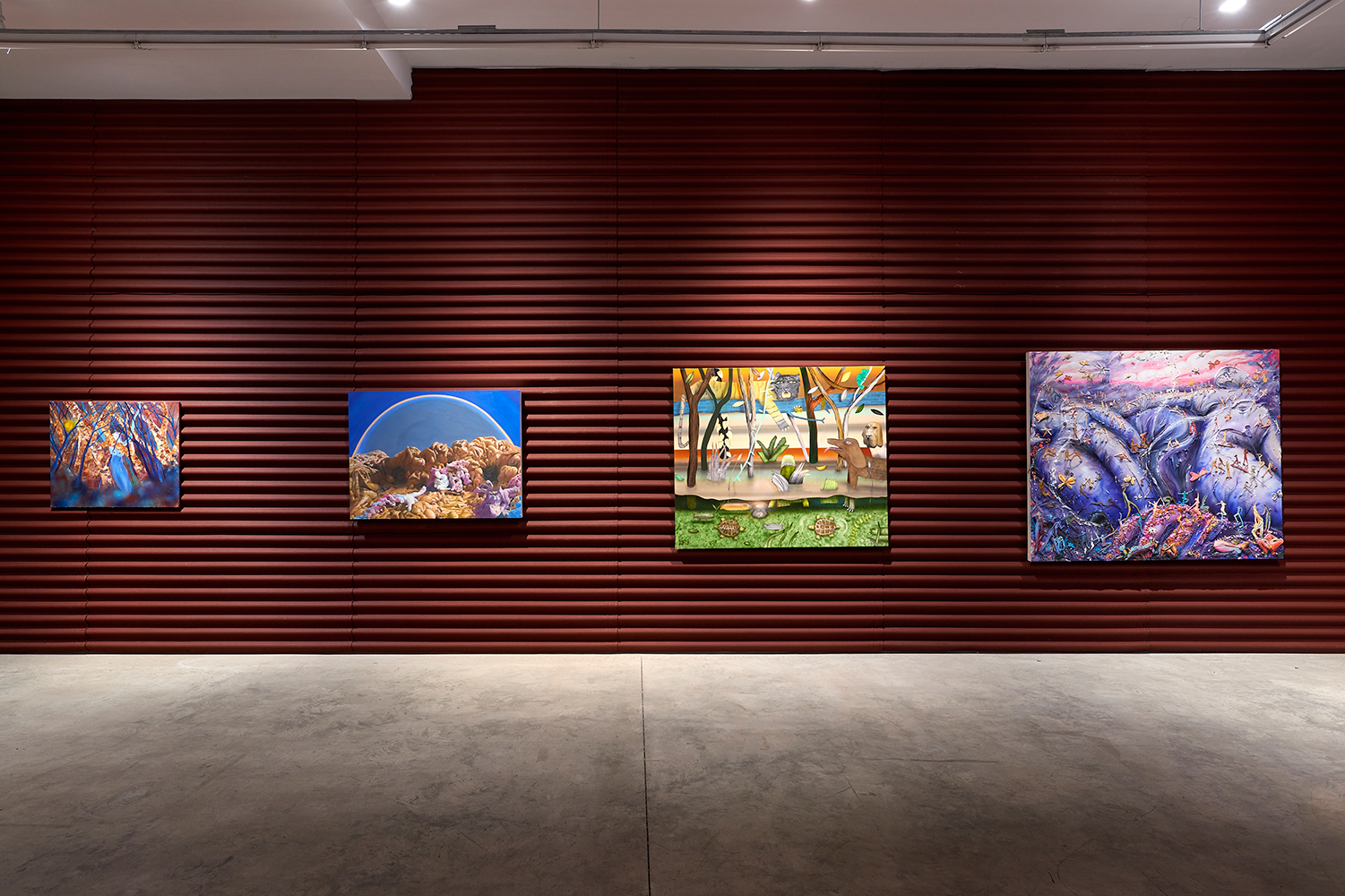
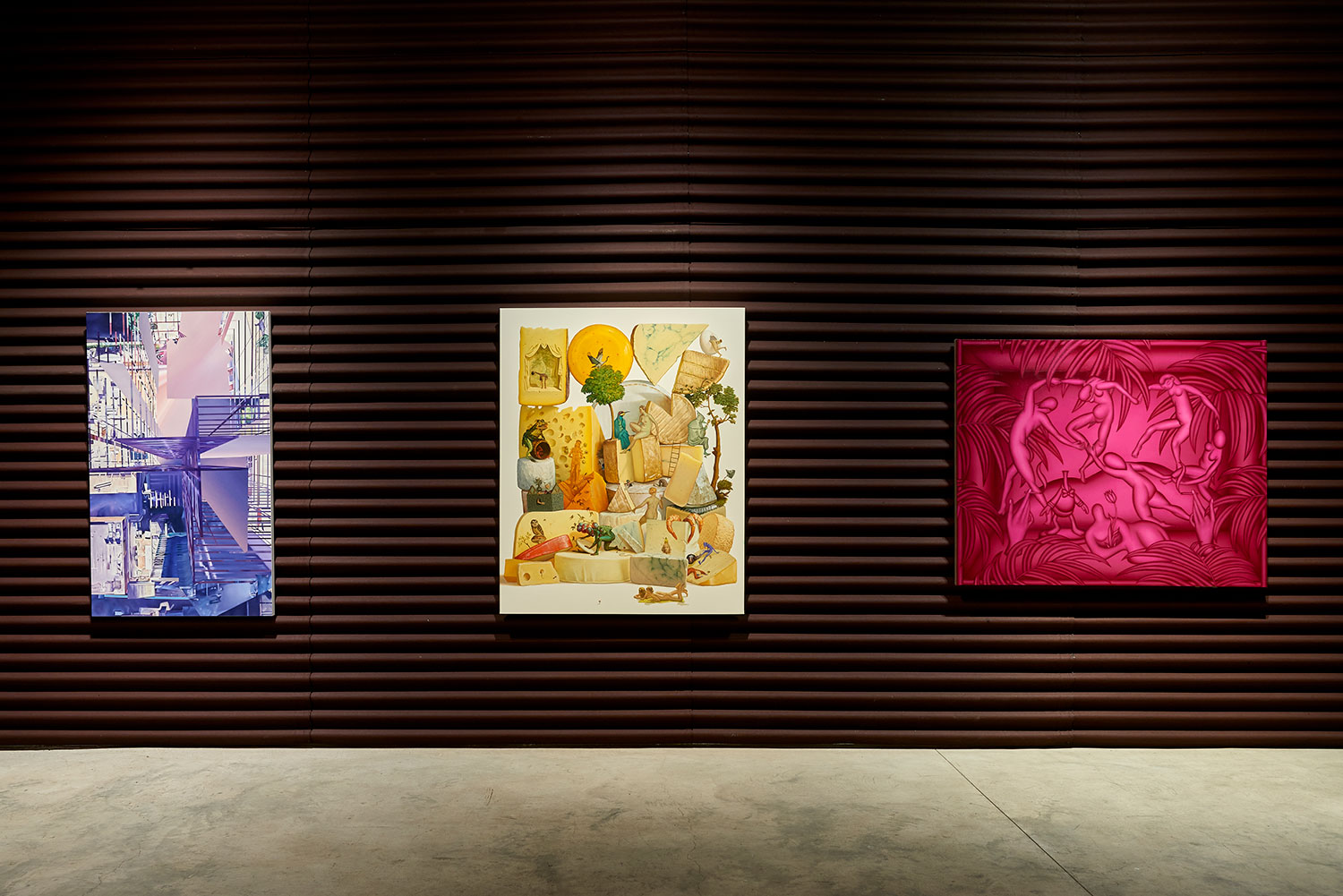
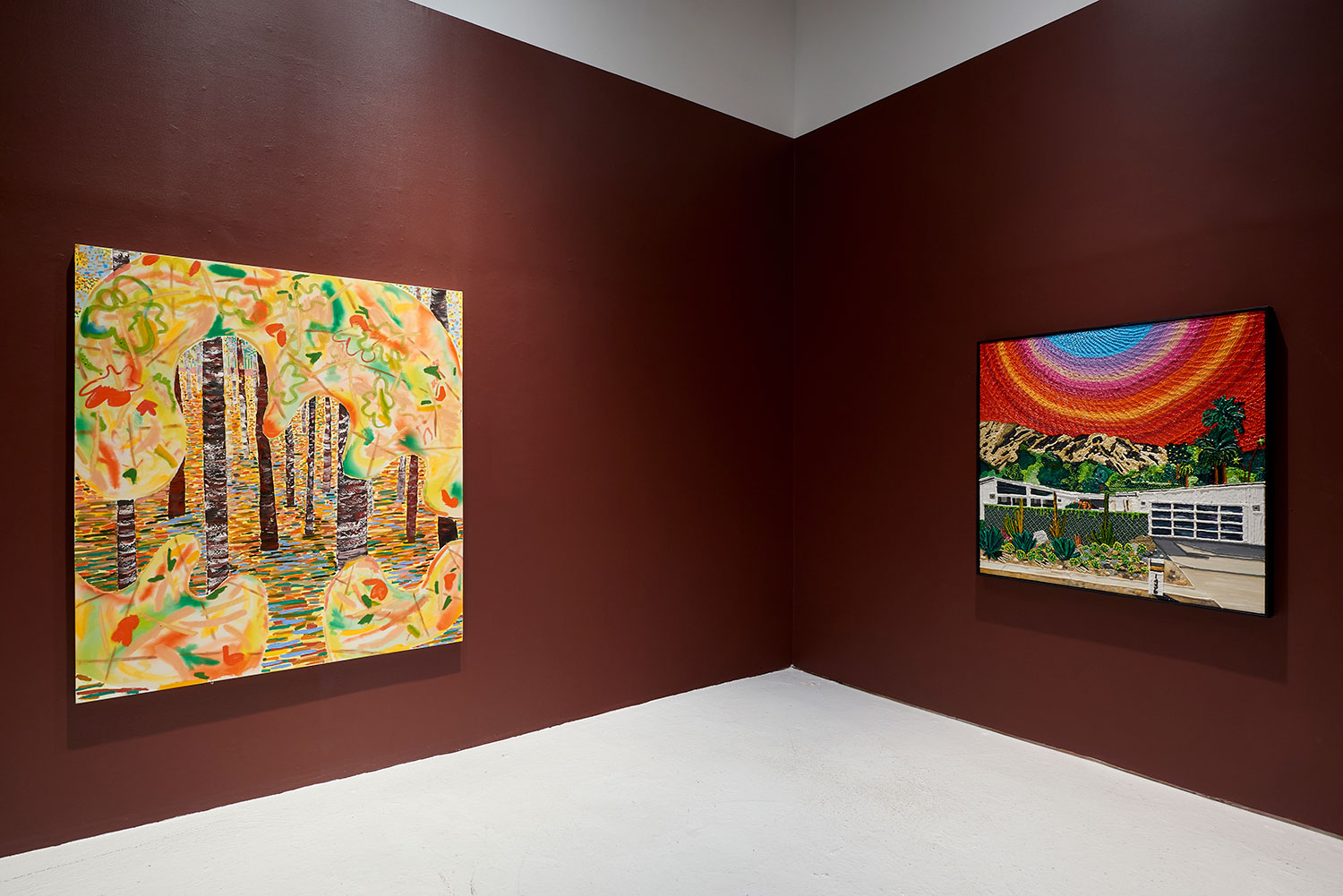
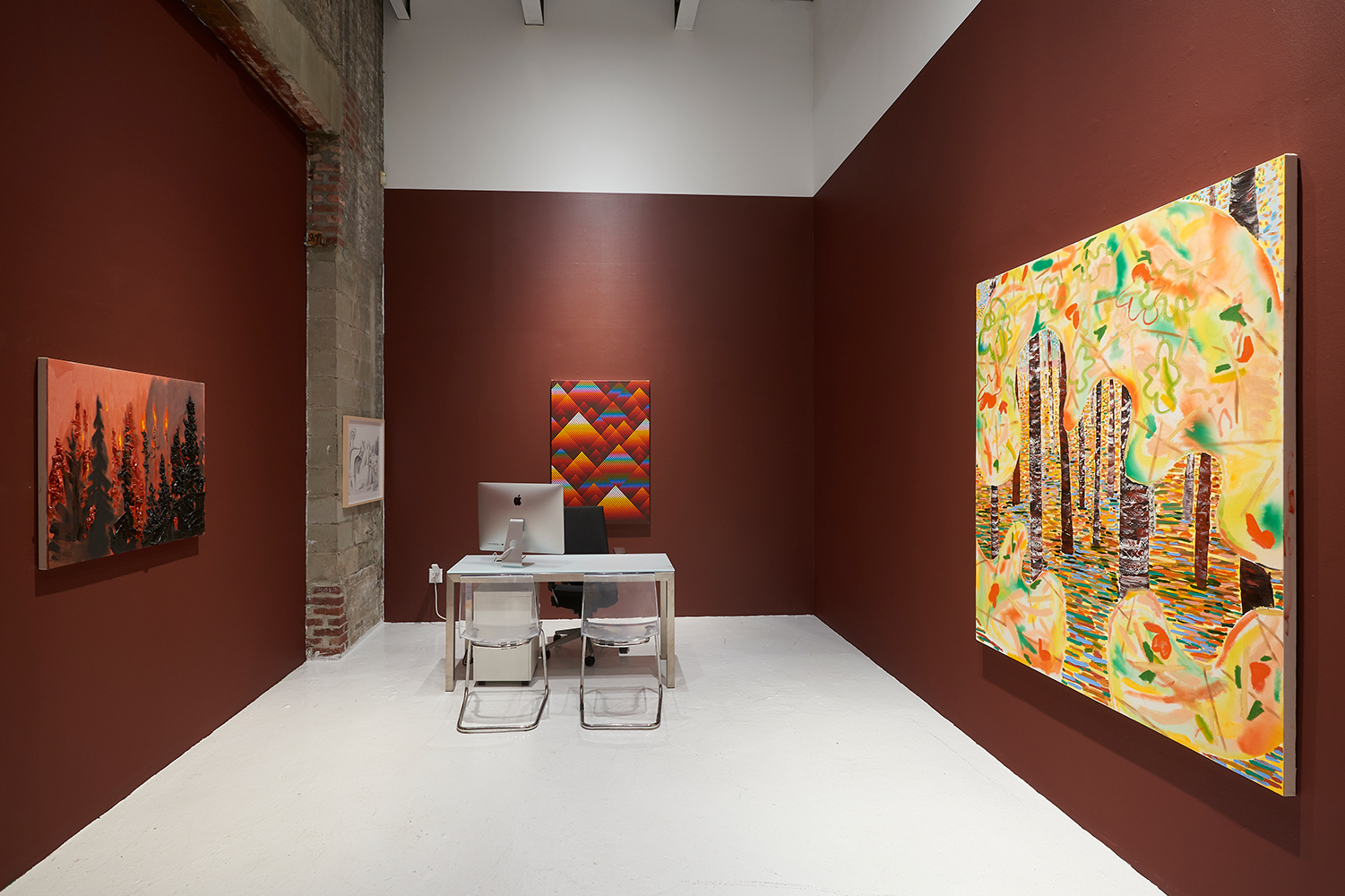
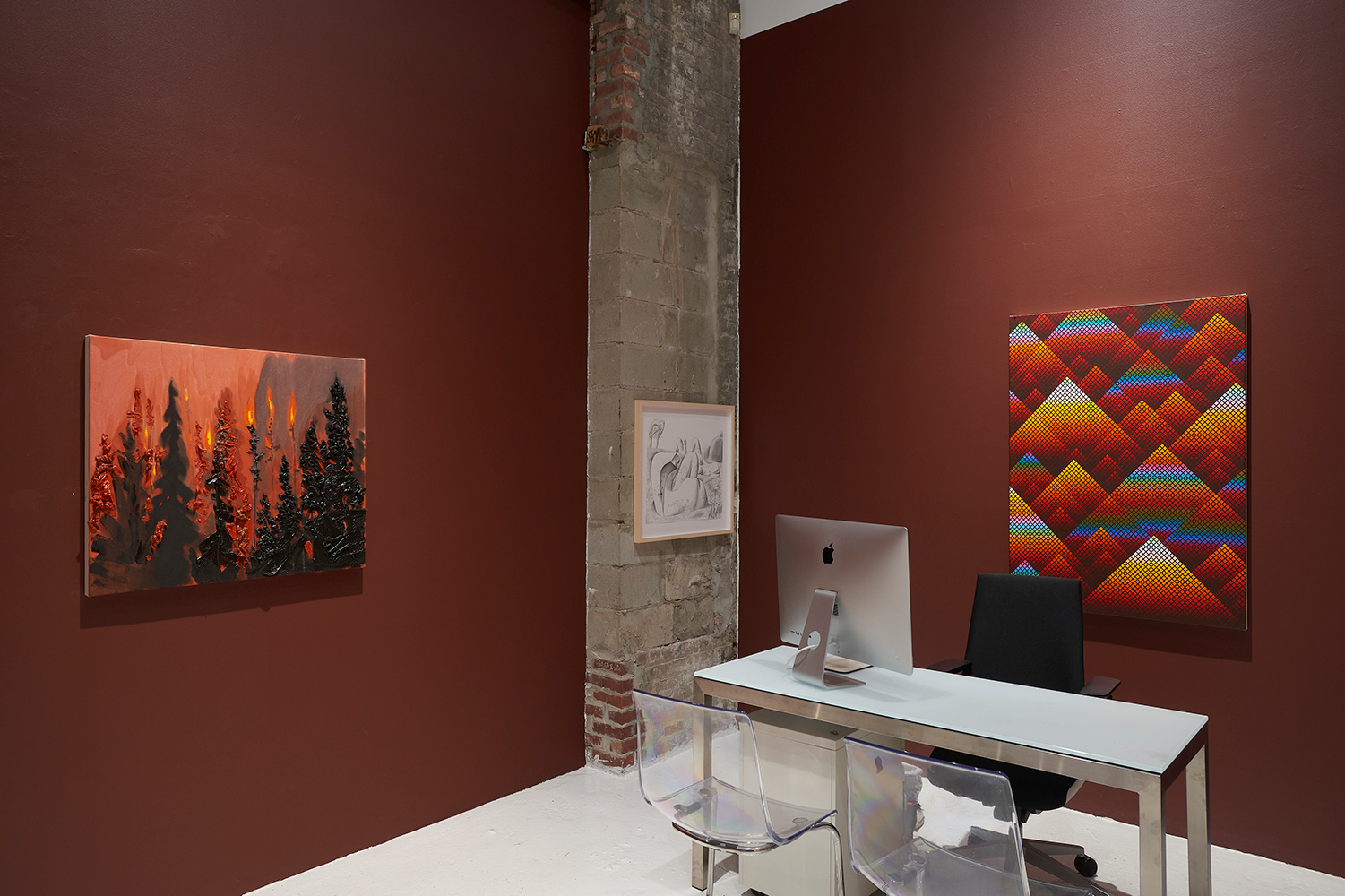
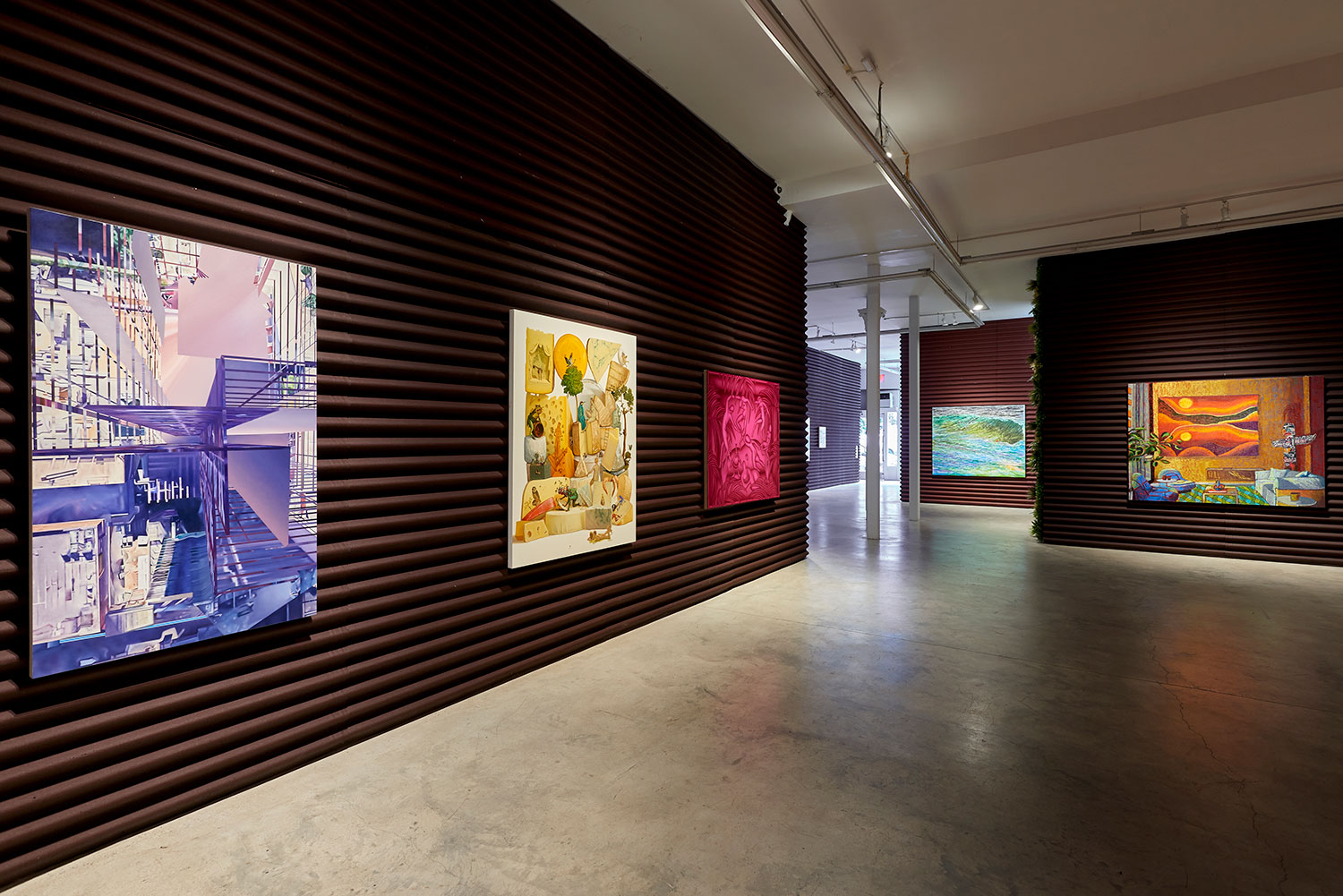
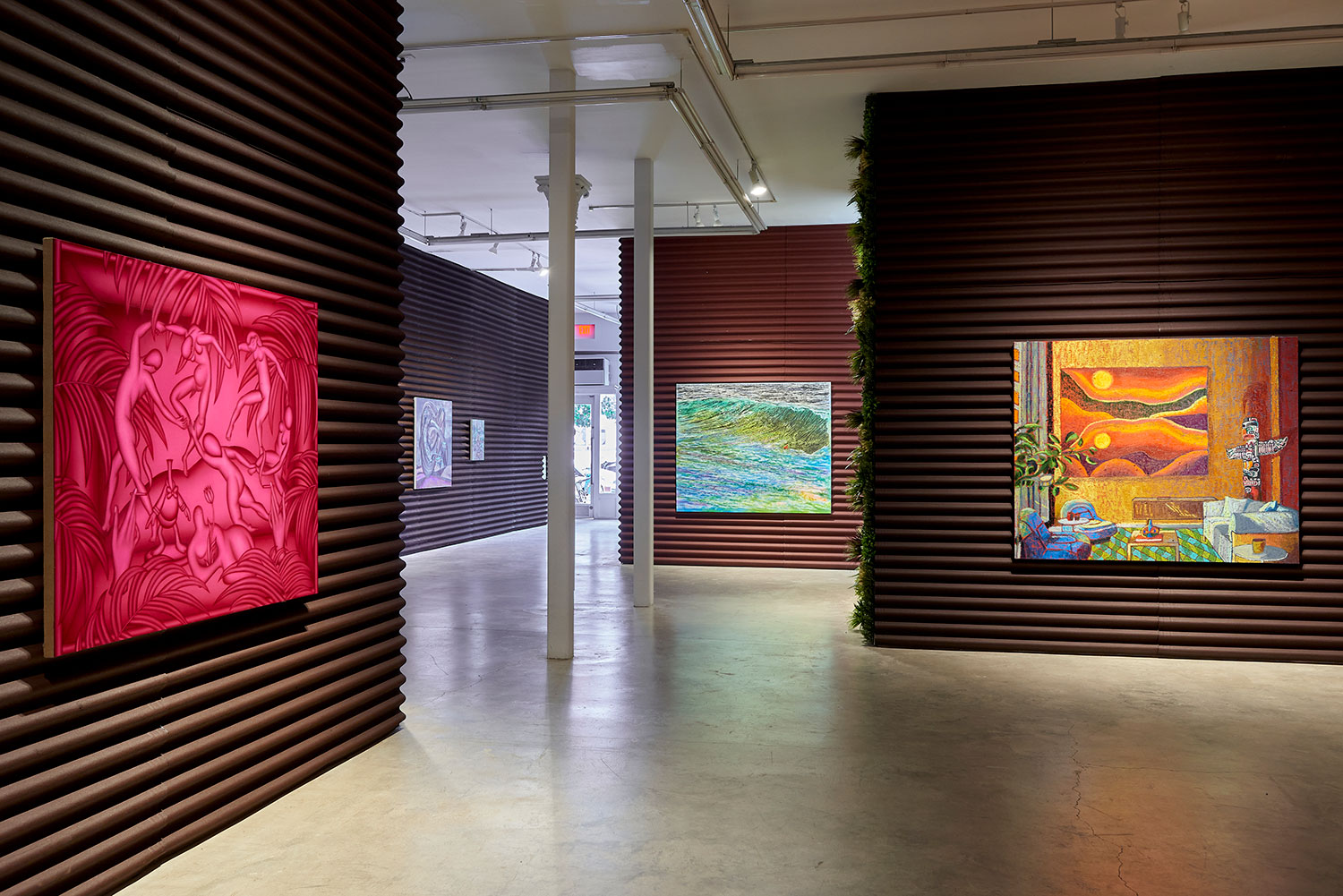
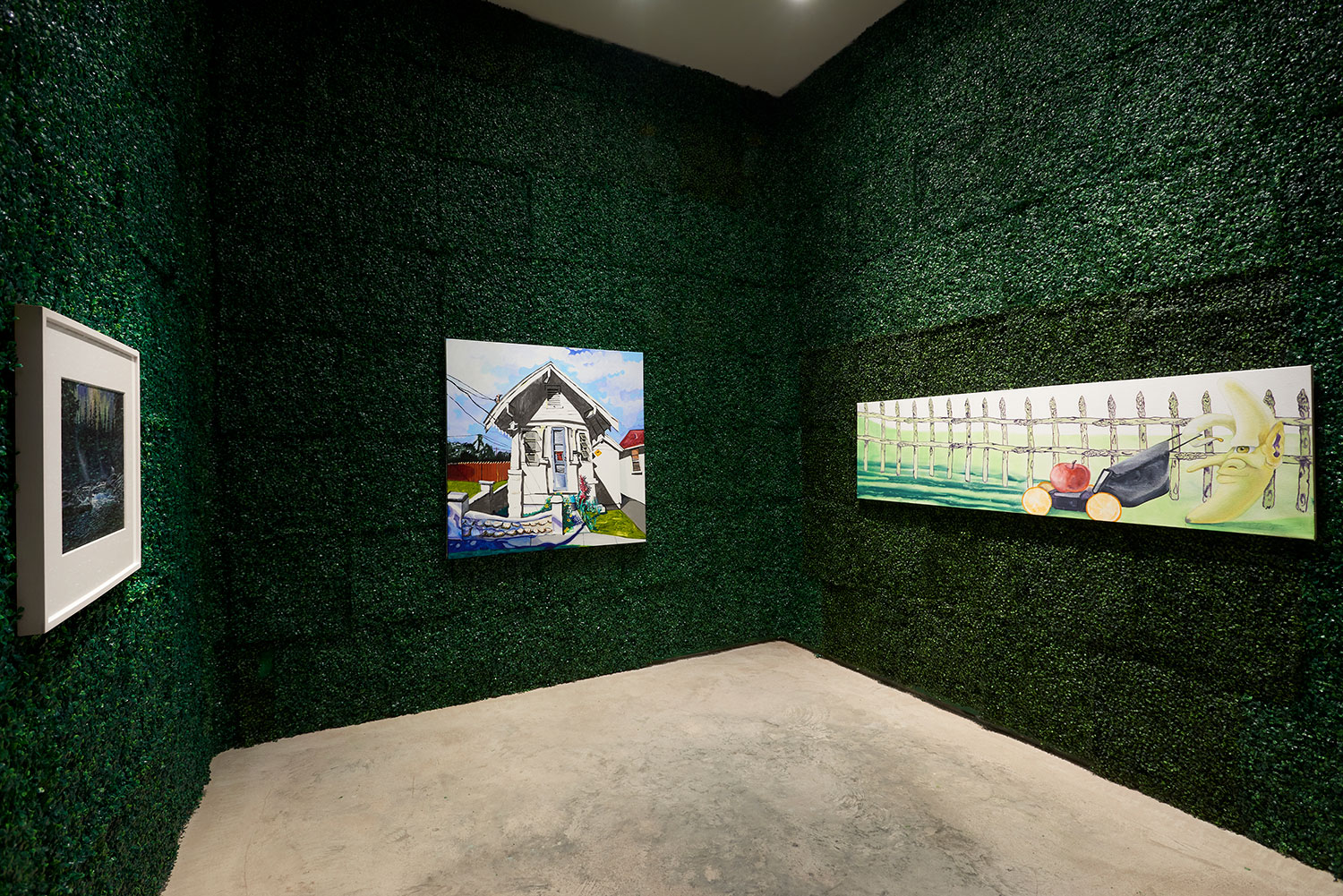
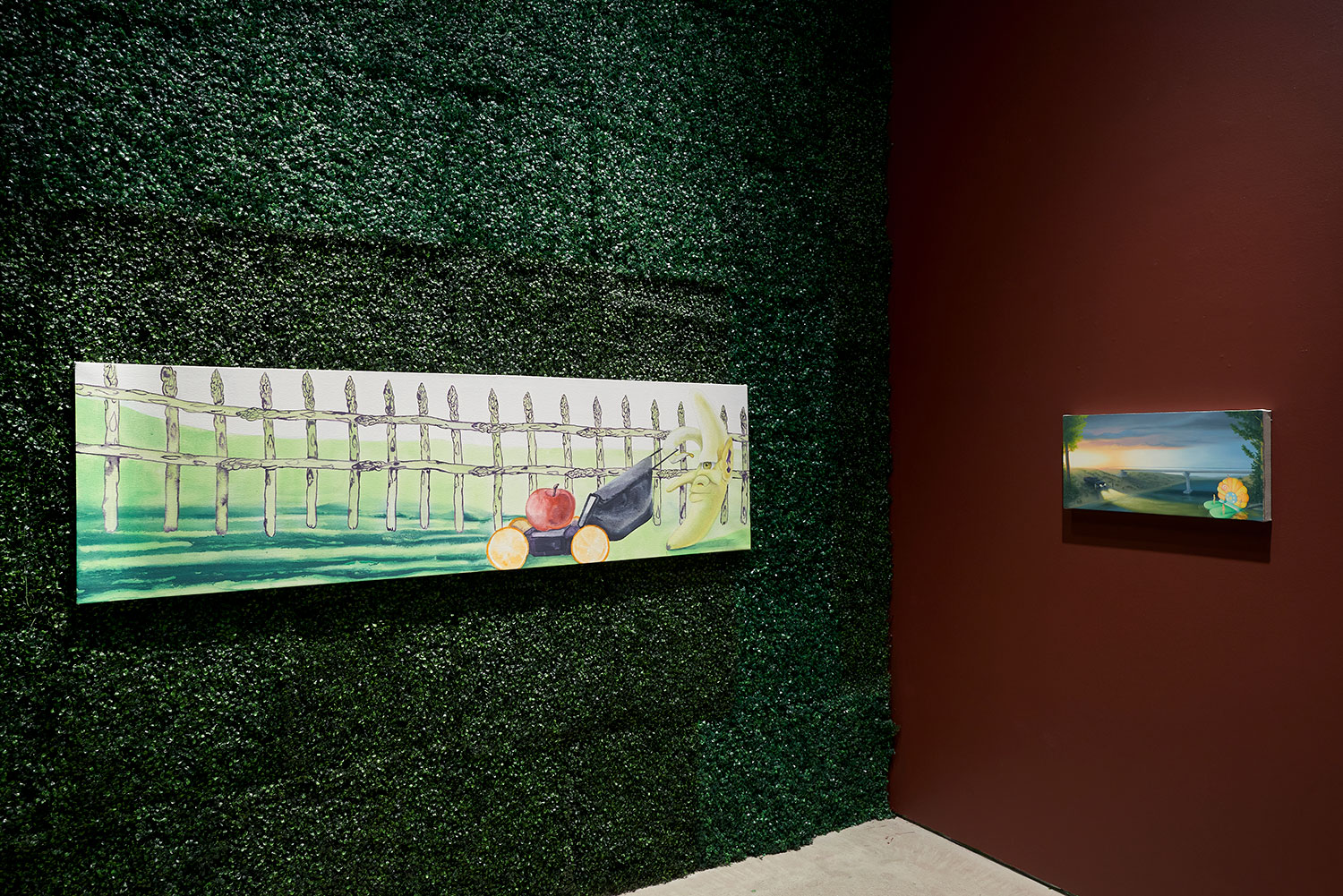
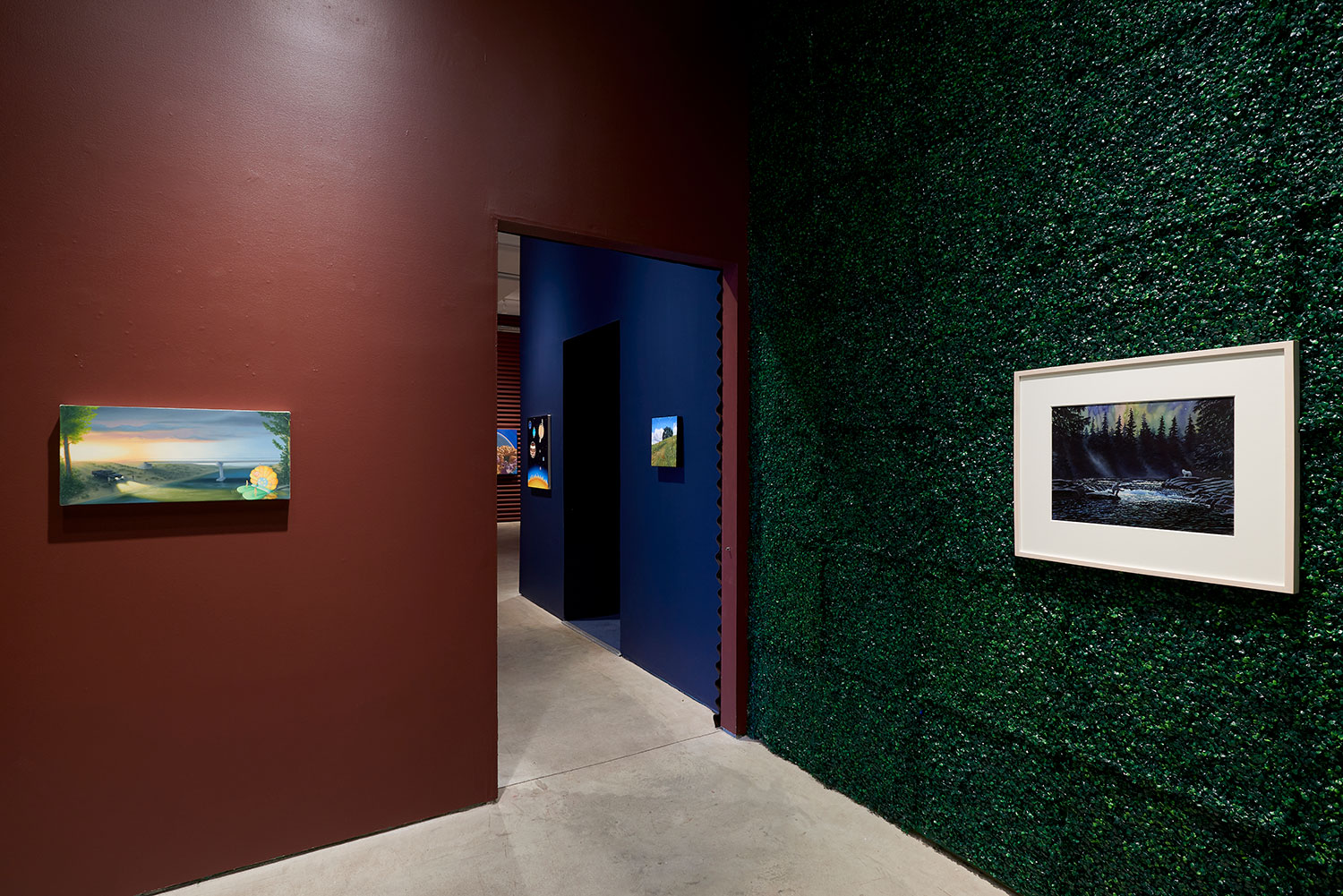
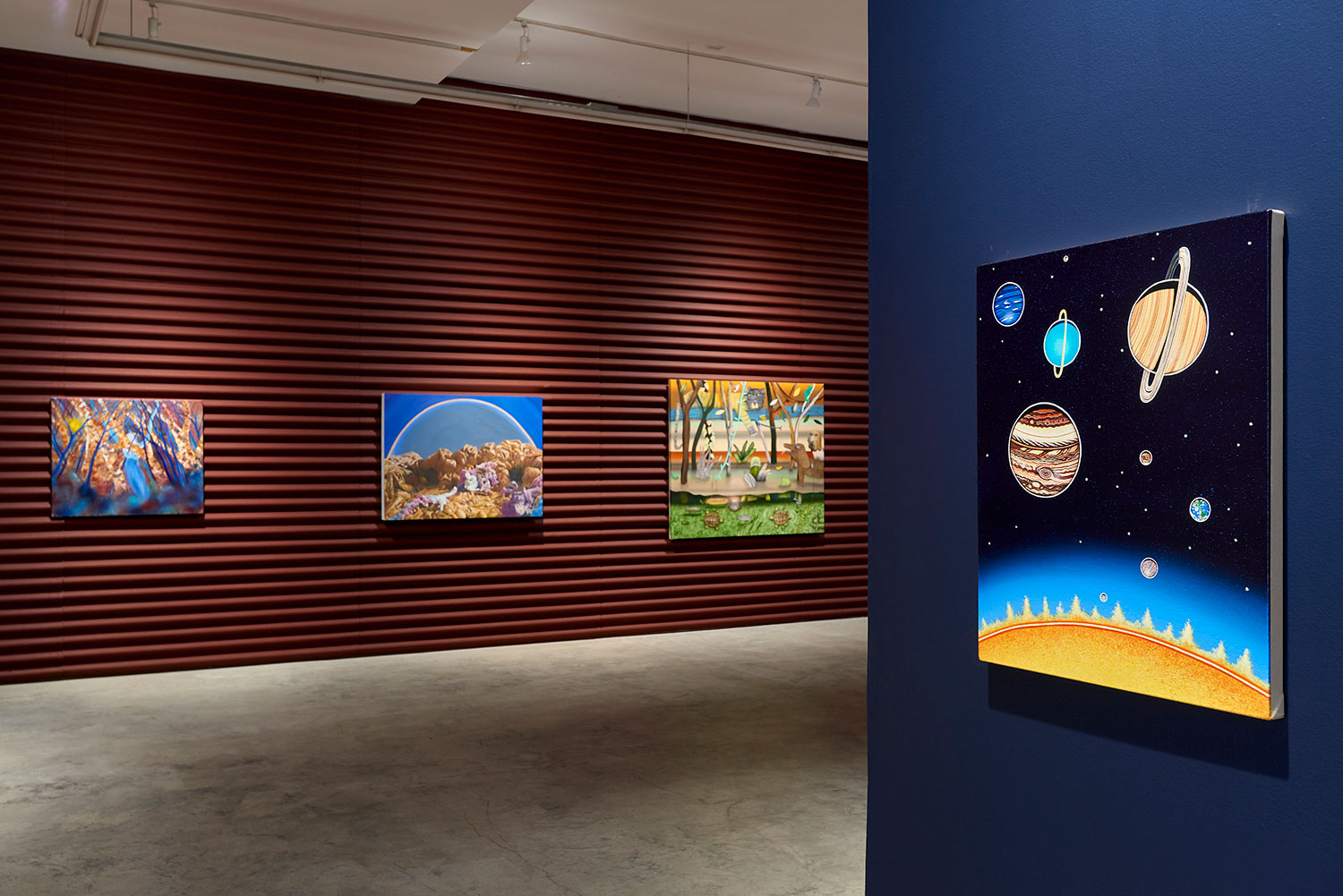
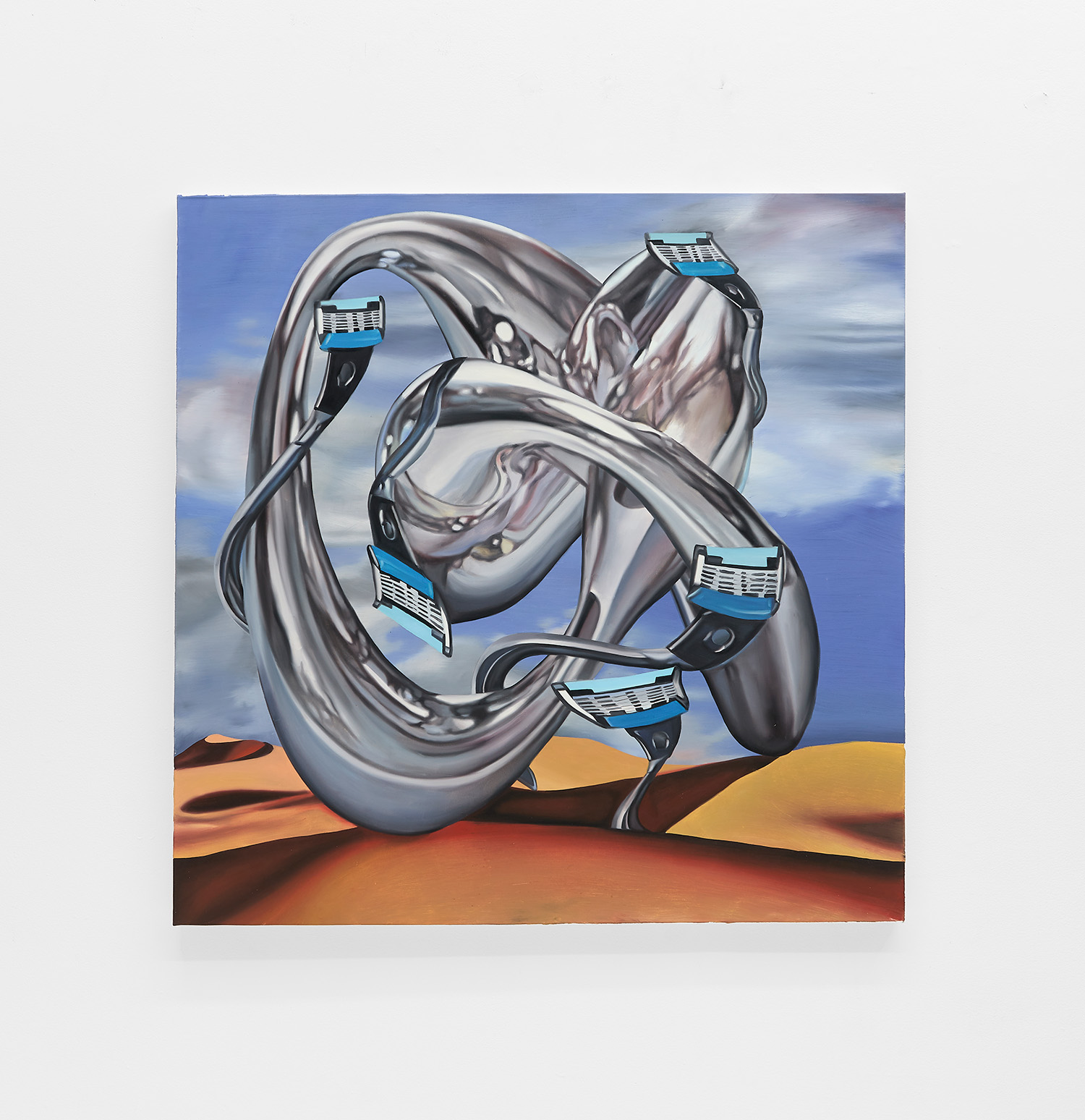
Botond Keresztezi, Silent Nude 3, 2020, oil on canvas, 47 x 47 inches, 120 x 120 cm
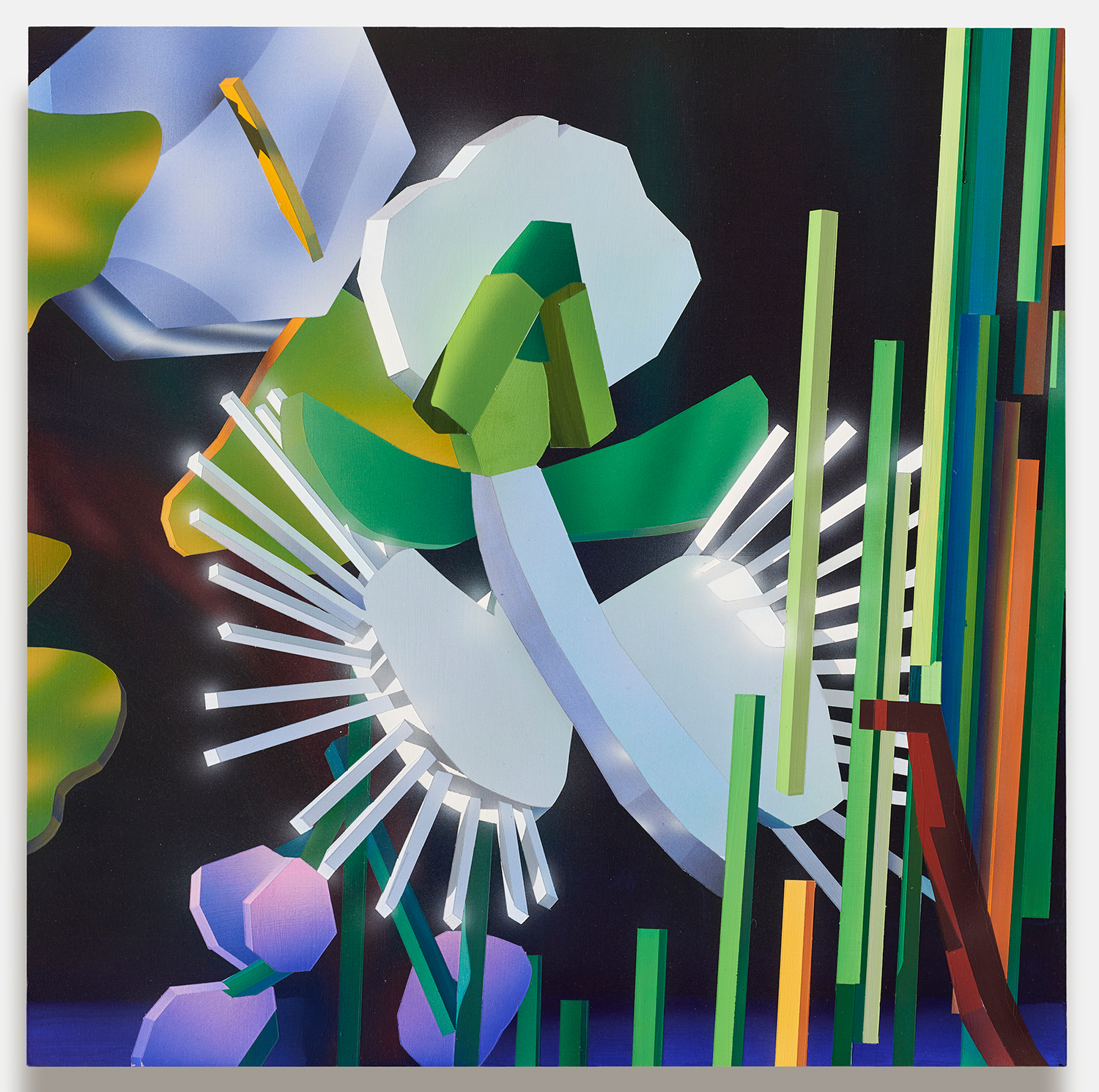
Tim Irani, White Egret Orchid, 2022, acrylic and flashe on dibond, 18 x 18 inches, 46 x 46 cm
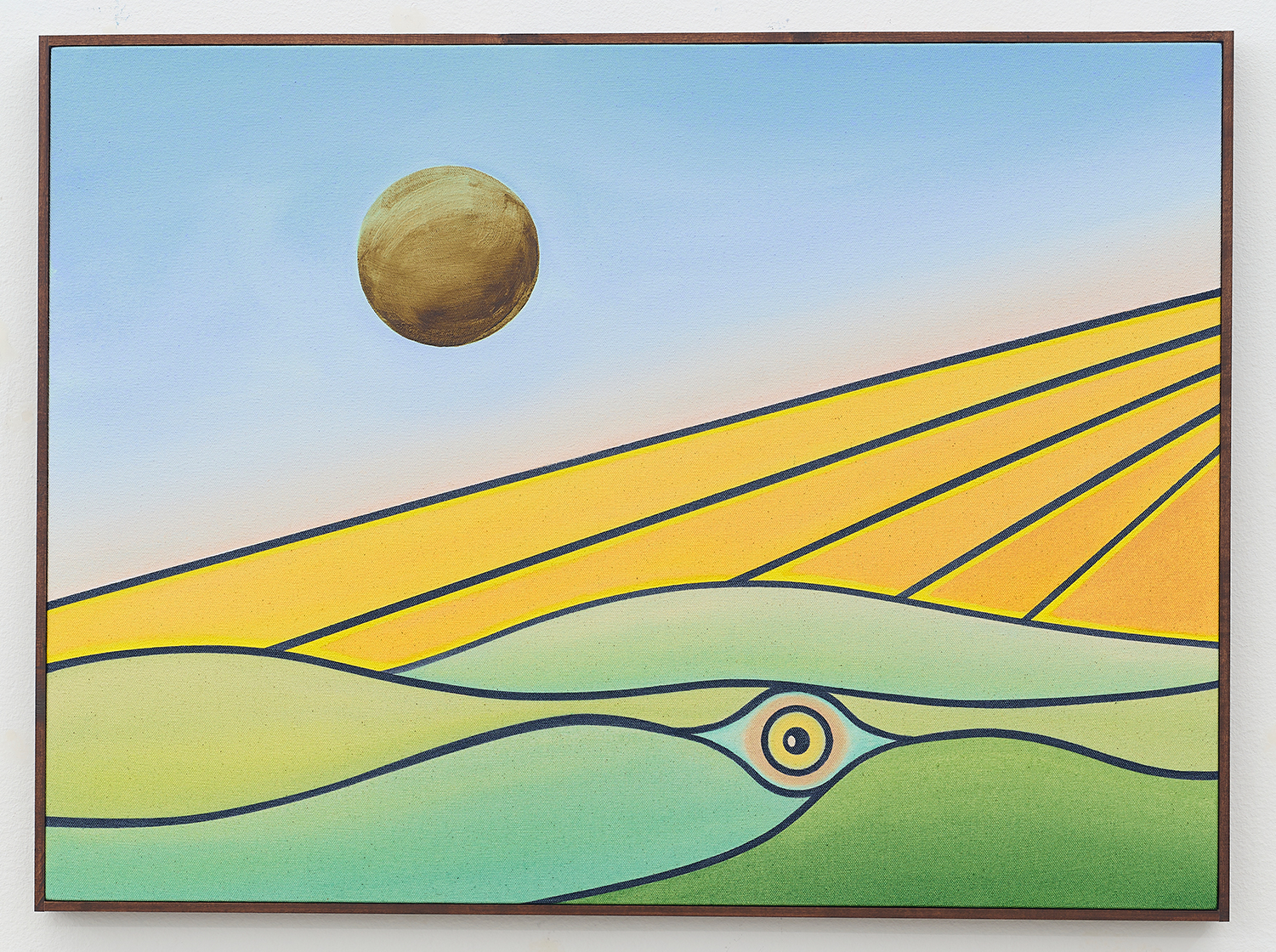
Anthony Miller, Not Titled, 2022, acrylic on raw canvas in a maple strip frame, 20 x 24 inches, 51 x 61 cm
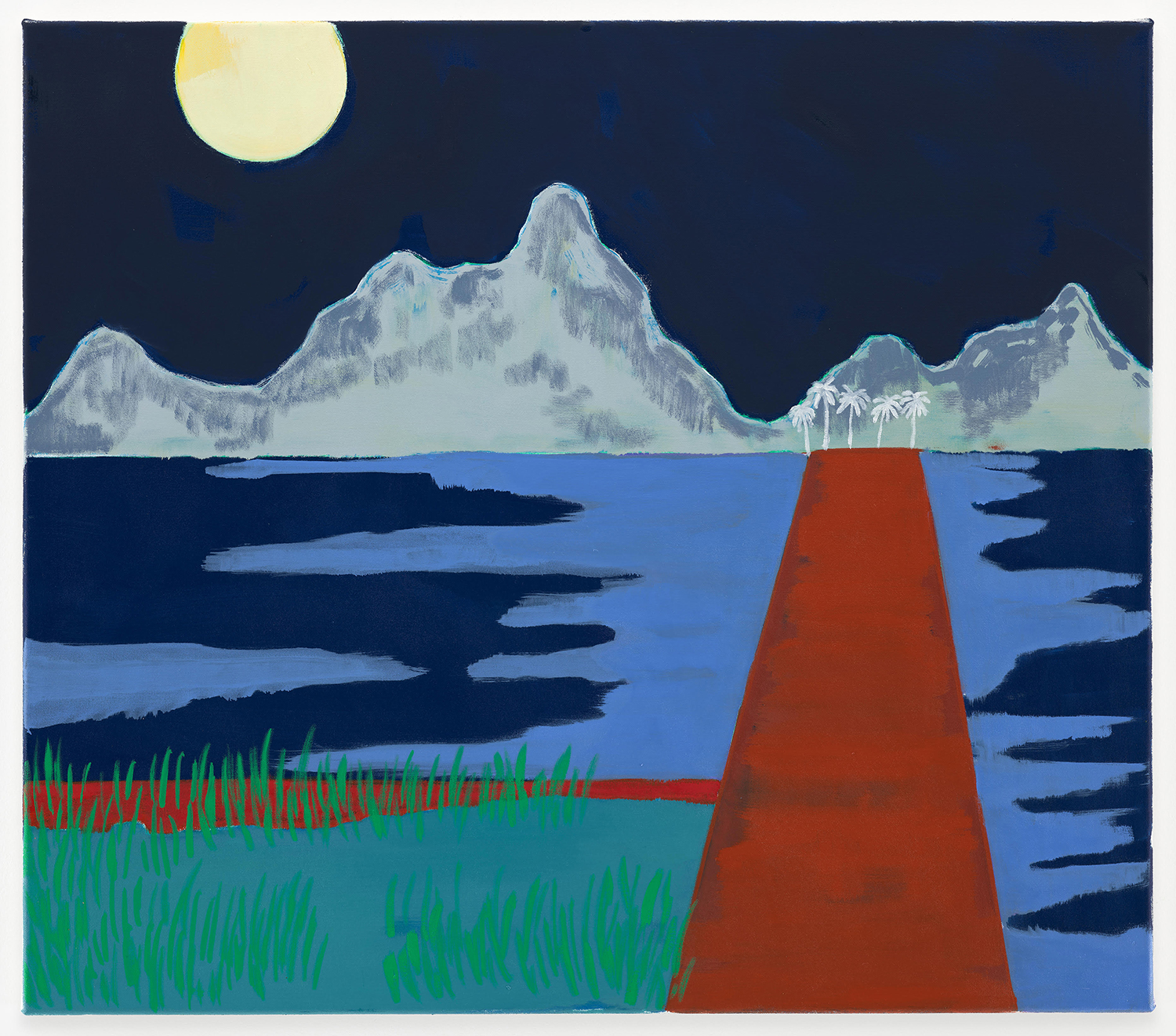
Cara Nahaul, Liquid Fields, 2022, oil on canvas, 28 x 32 inches, 70 x 80 cm
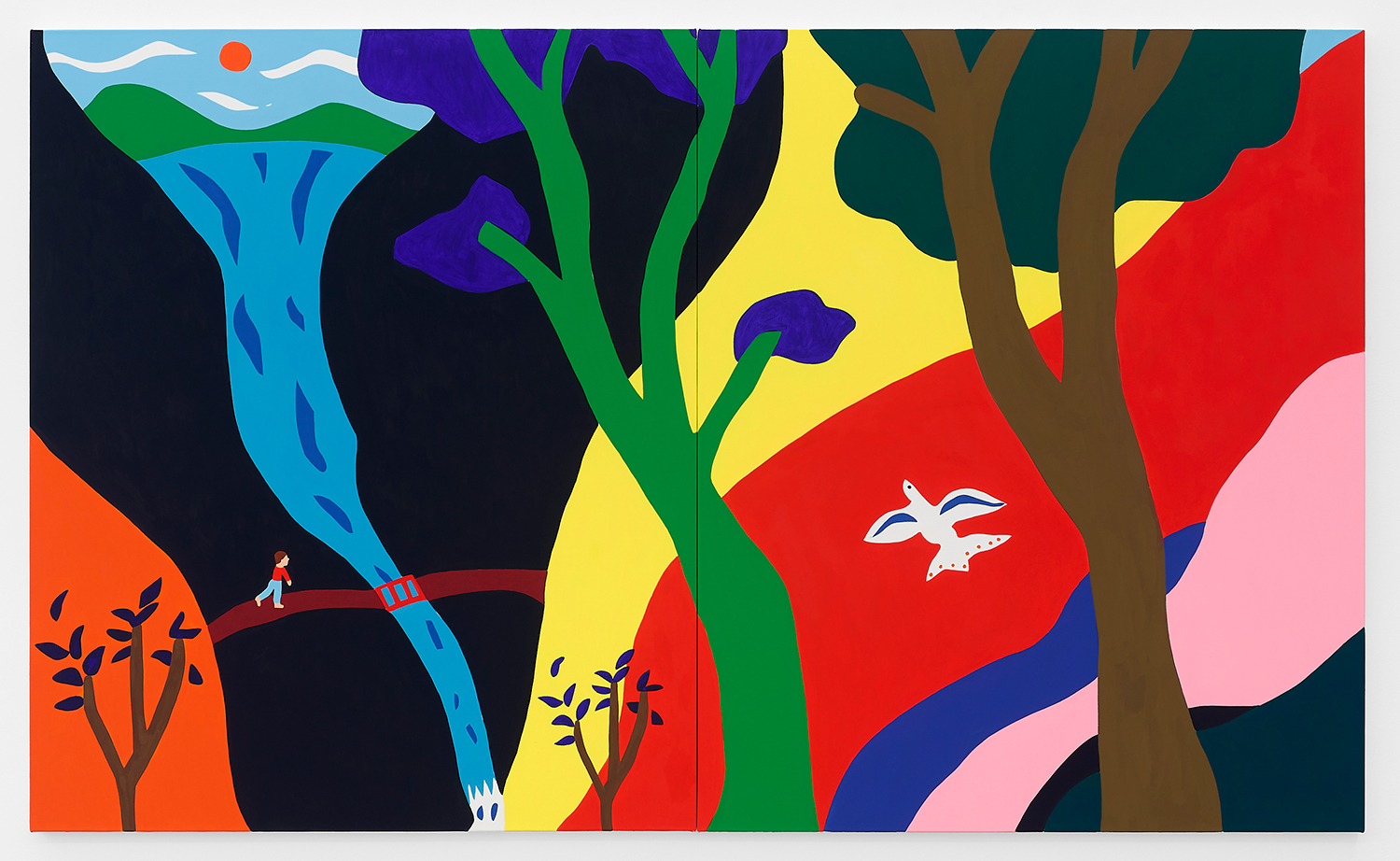
James Ulmer, Work and Leisure, 2022, flashe on canvas, 60 x 100 inches, 152 x 254 cm
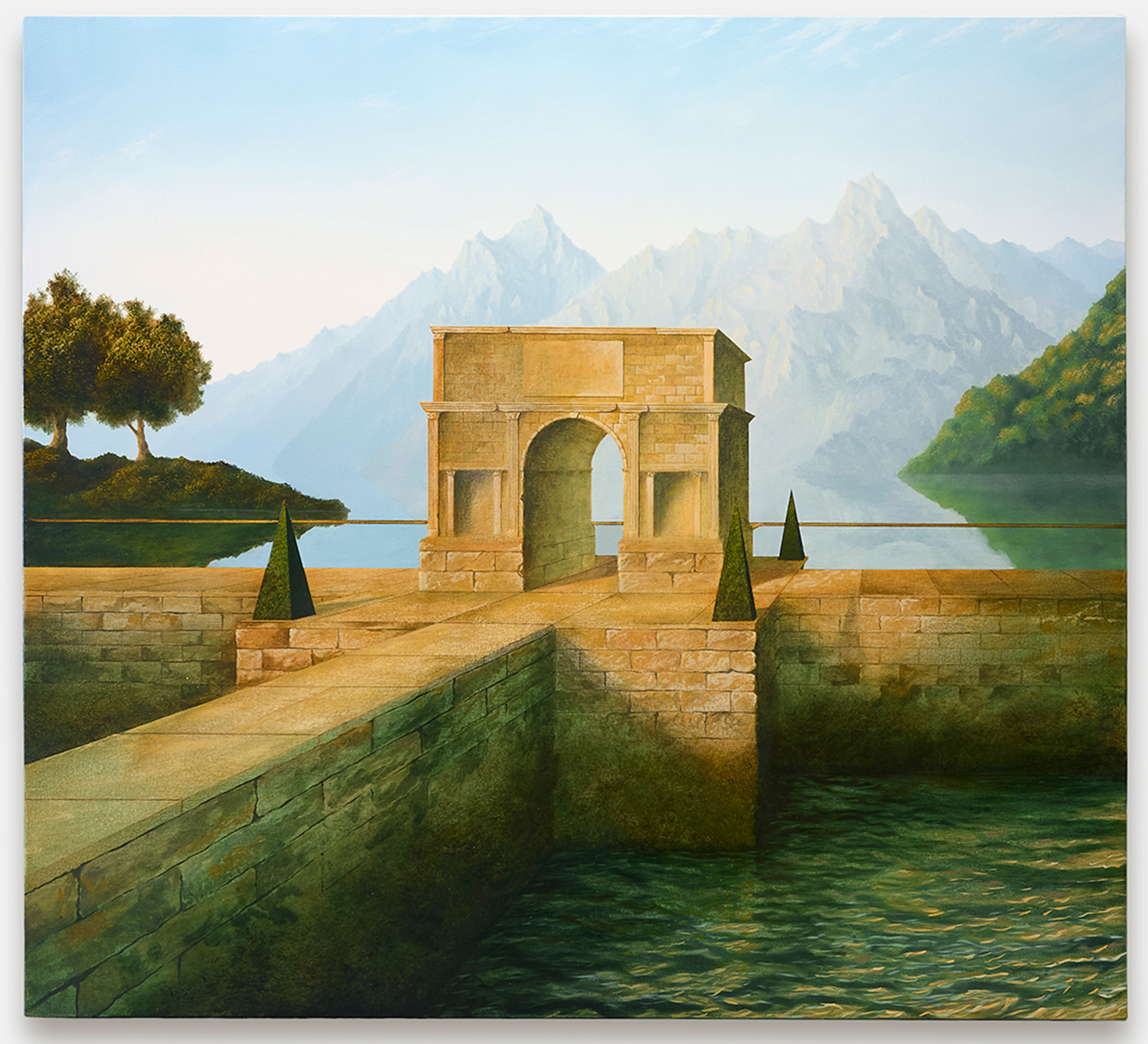
Sholto Blissett, Garden of Hubris XV, 2021, oil on canvas on board, 39.5 x 43.5 inches, 100 x 110 cm
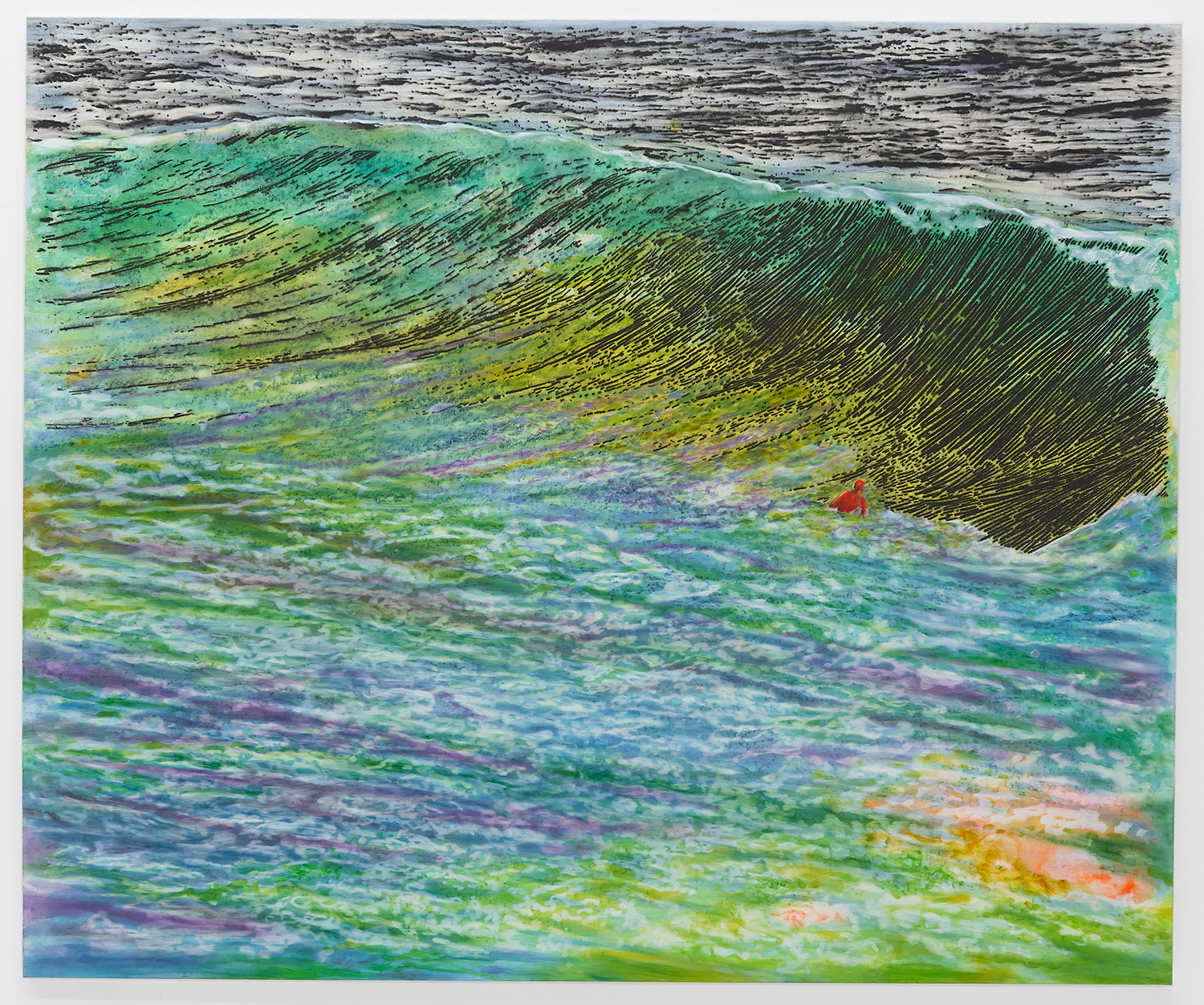
Ena Swansea, Mel Chin, 2022, oil ink and acrylic on linen, 60 x 72 inches, 152 x 183 cm
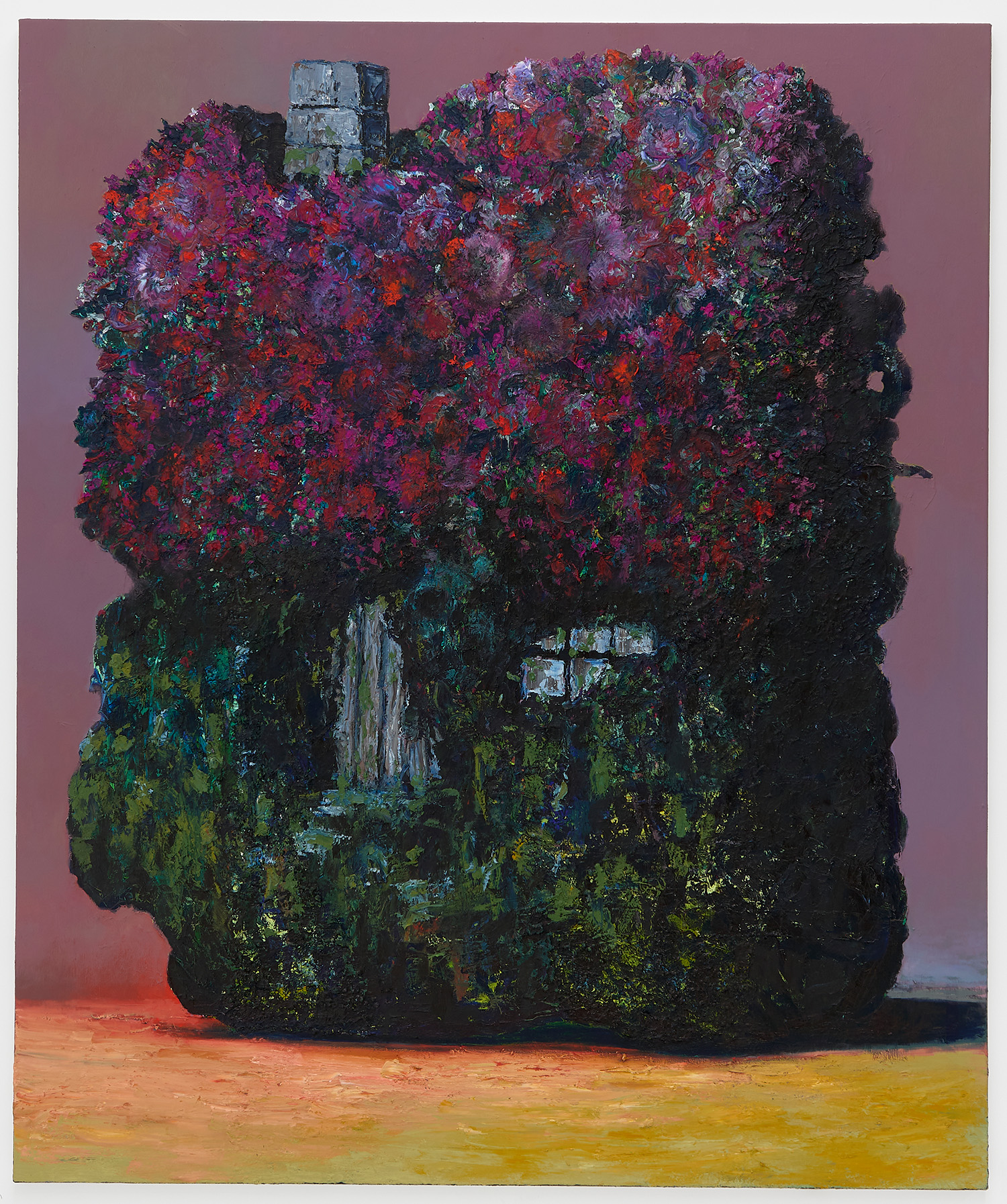
Ivan Seal, Hawsrepreshion Flip Dunning 1988, 2021, oil on canvas, 79 x 66 inches, 200 x 167 cm
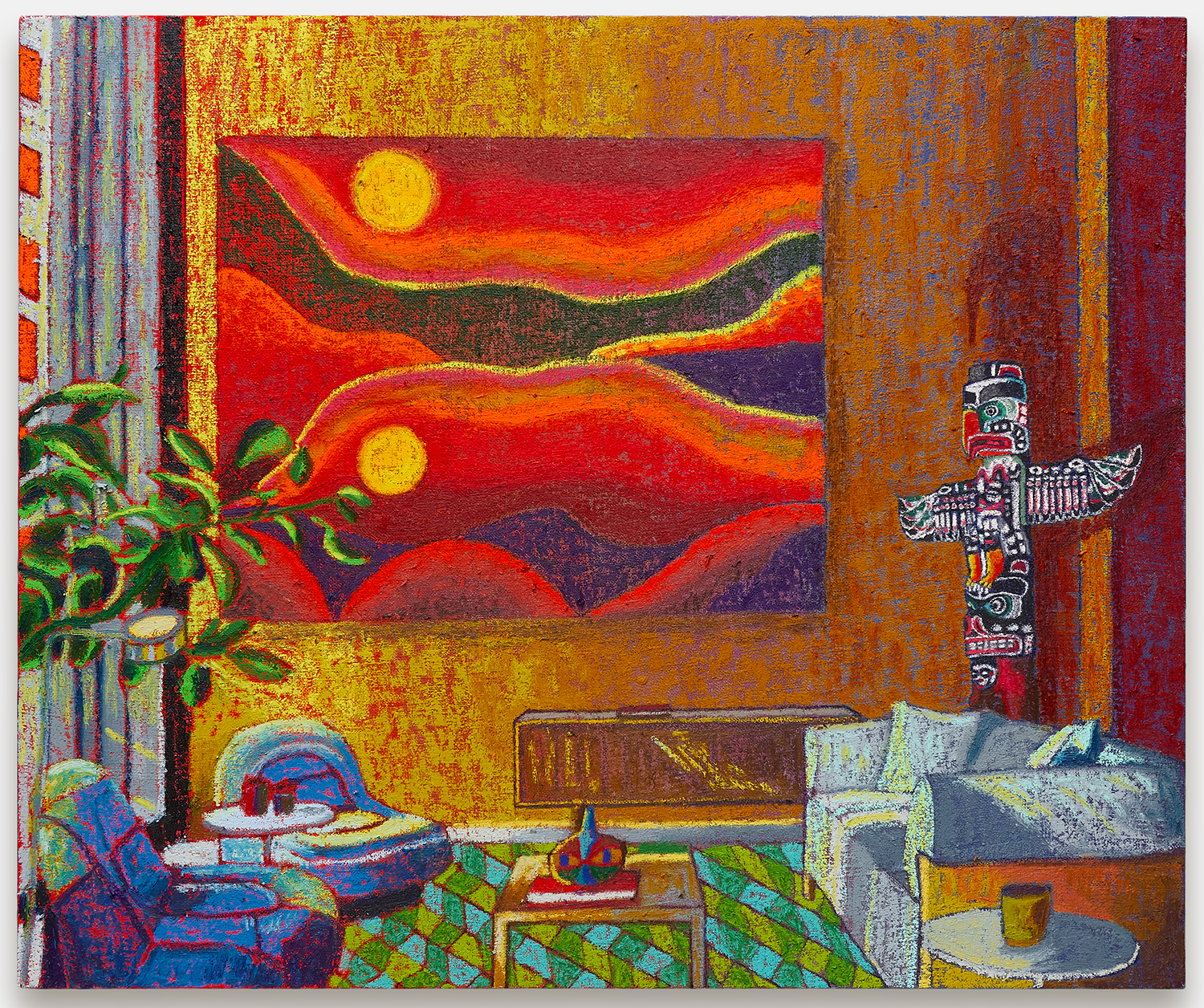
JJ Manford, Interior with Totem & Double Sun Landscape, 2022, oil stick, oil pastel, flashe on burlap over canvas, 60 x 72 inches, 152 x 183 cm
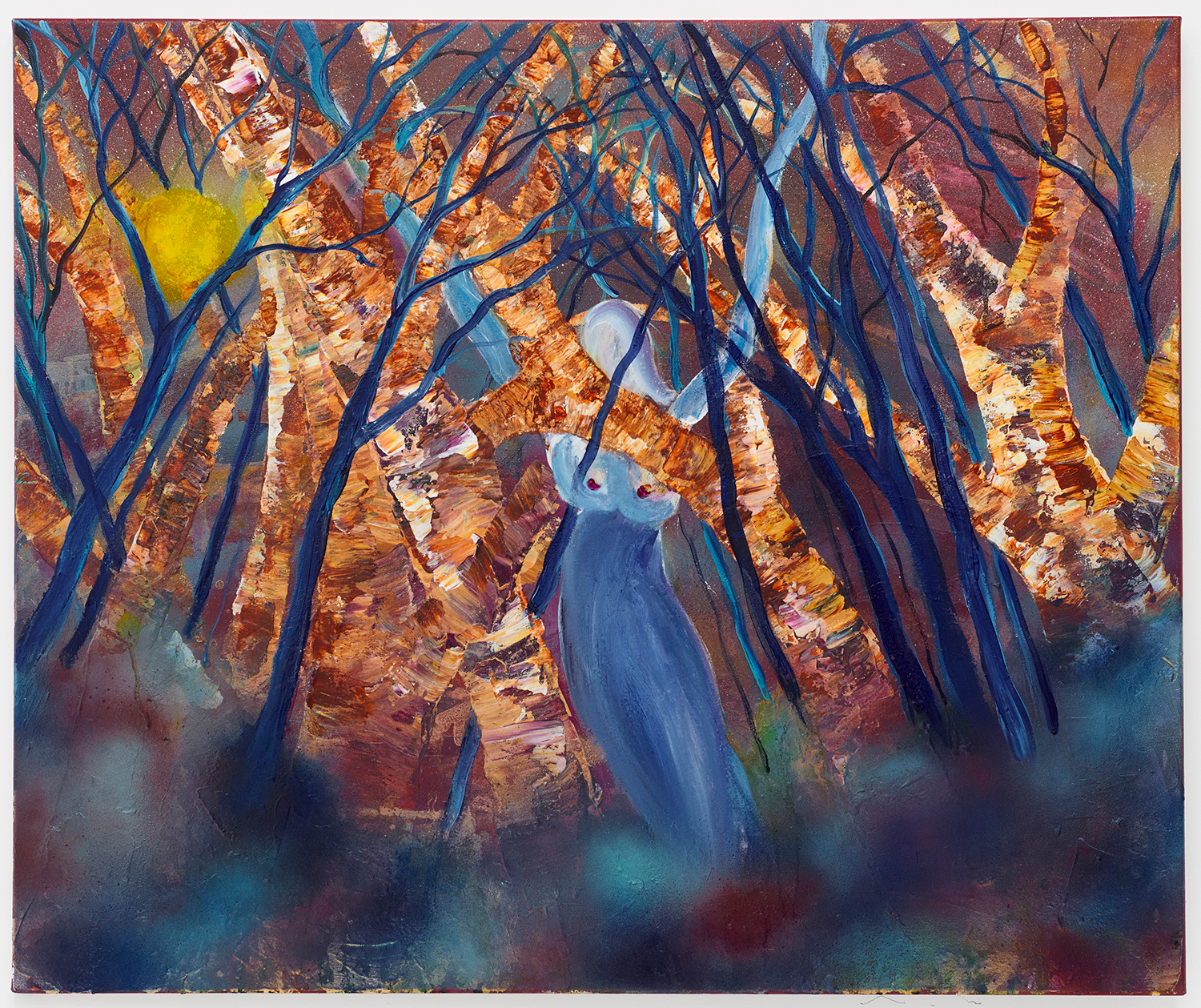
Leslie Weissman, We Are Our Own Landscape, 2022, acrylic, oil, alcohol, ink, spray paint on canvas, 22 x 28 inches, 56 x 71 cm
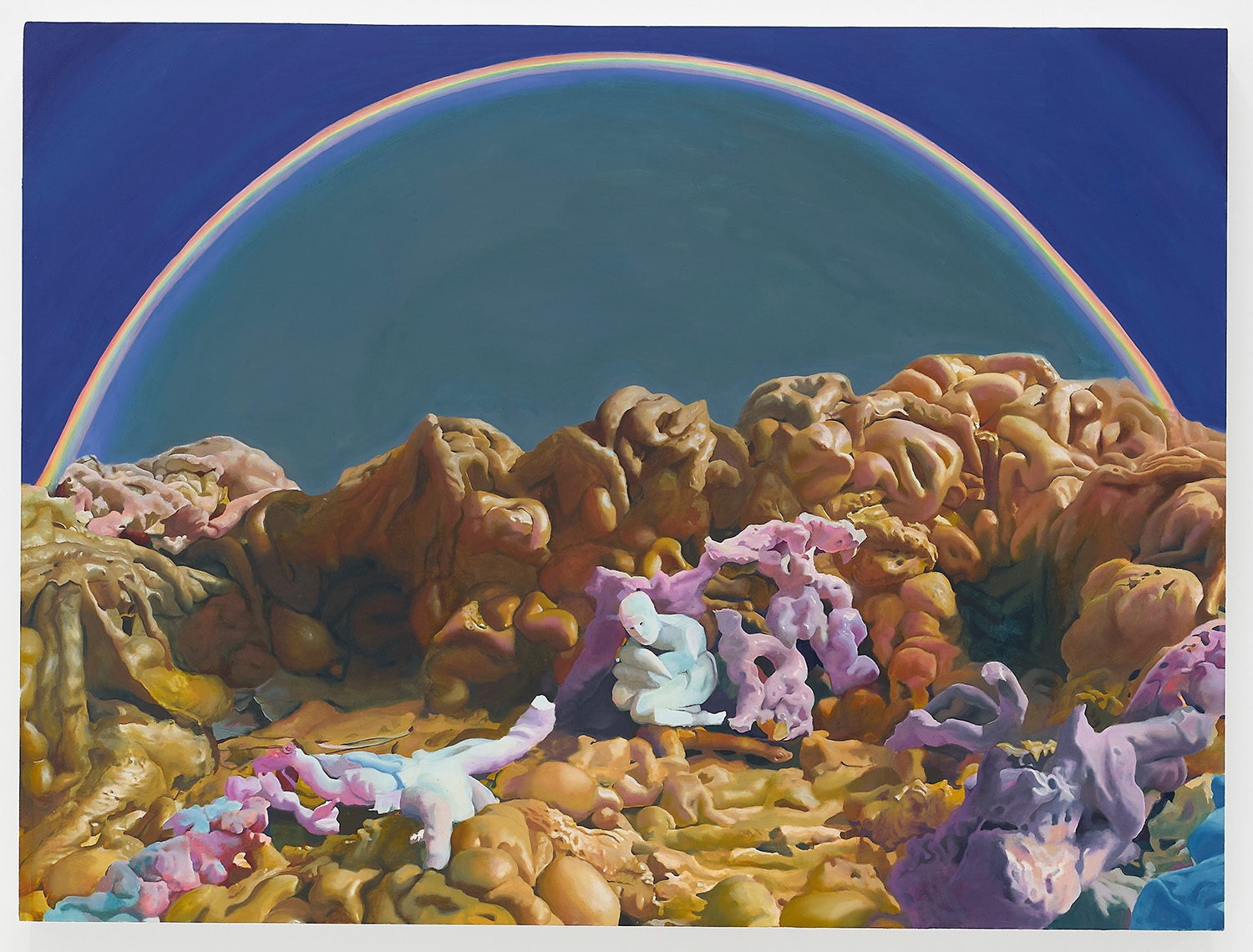
Grant Stoops, Untitled, 2022, oil on panel, 36 x 48 inches, 91 x 122 cm
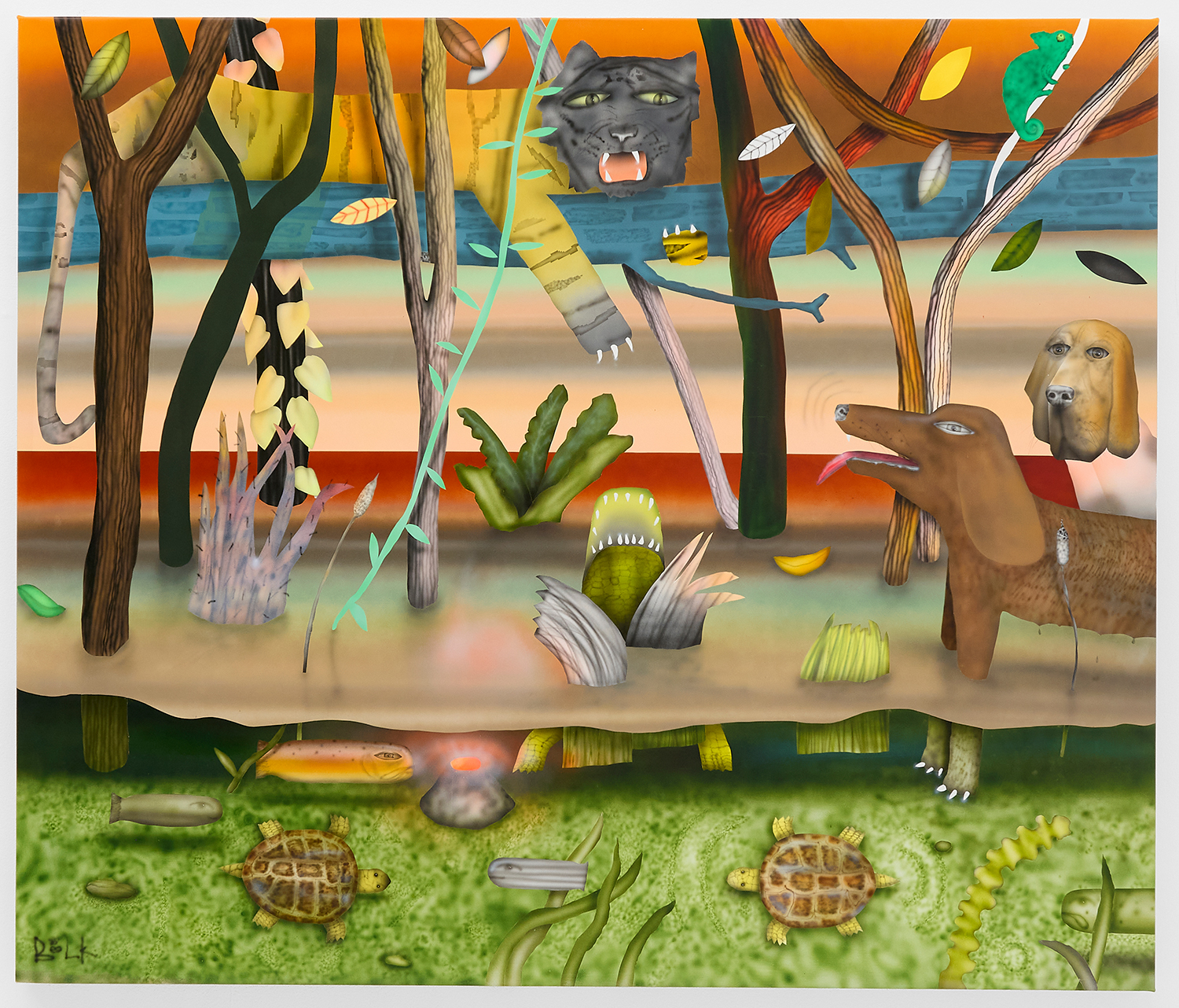
Matt Belk, The Hunt, 2022, acrylic airbrush and pencil on canvas, 51 x 60 inches, 130 x 152 cm
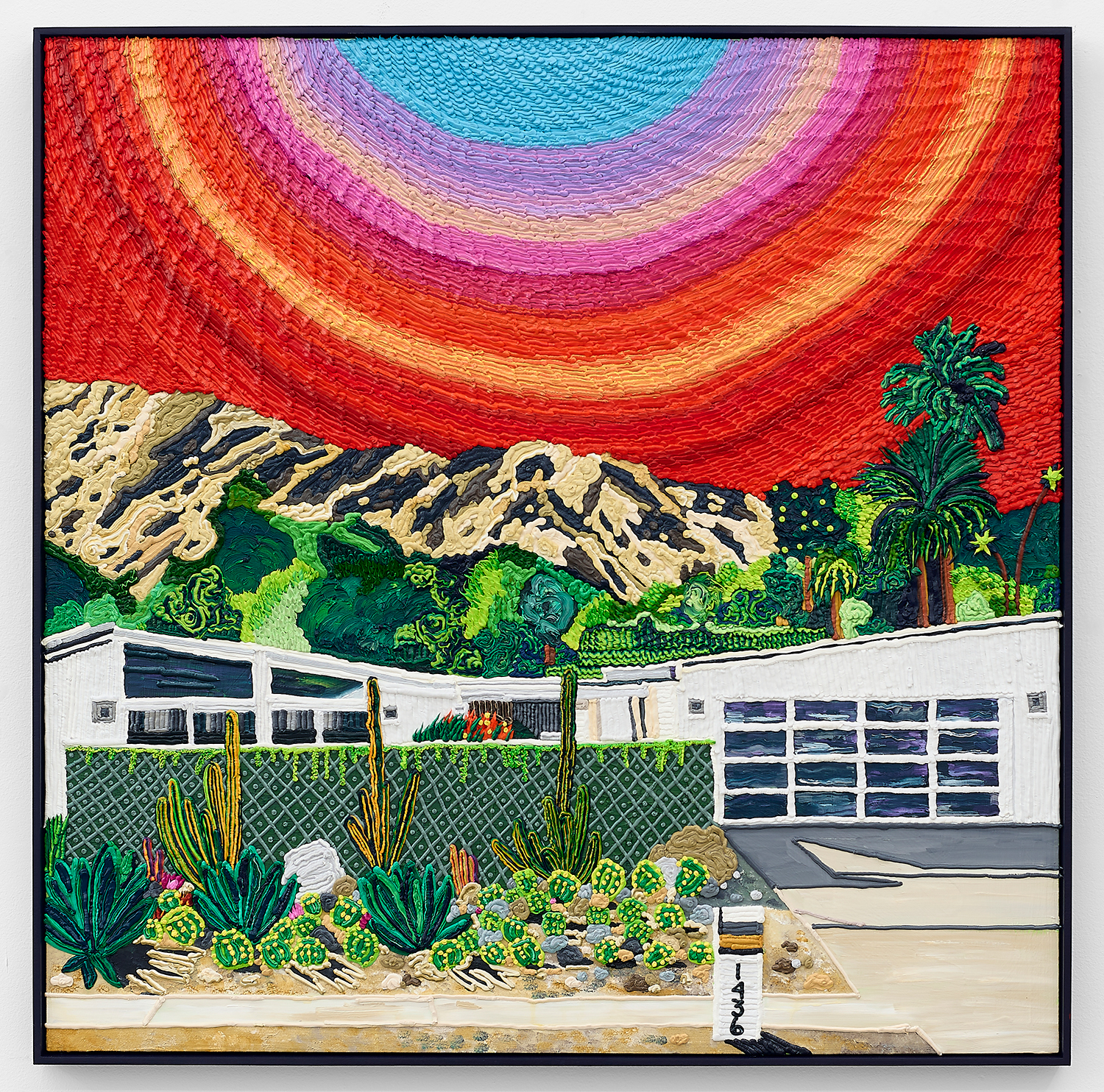
Caroline Larsen, Burning Sky, 2022, oil on canvas over panel, 48 x 48 inches, 122 x 122 cm
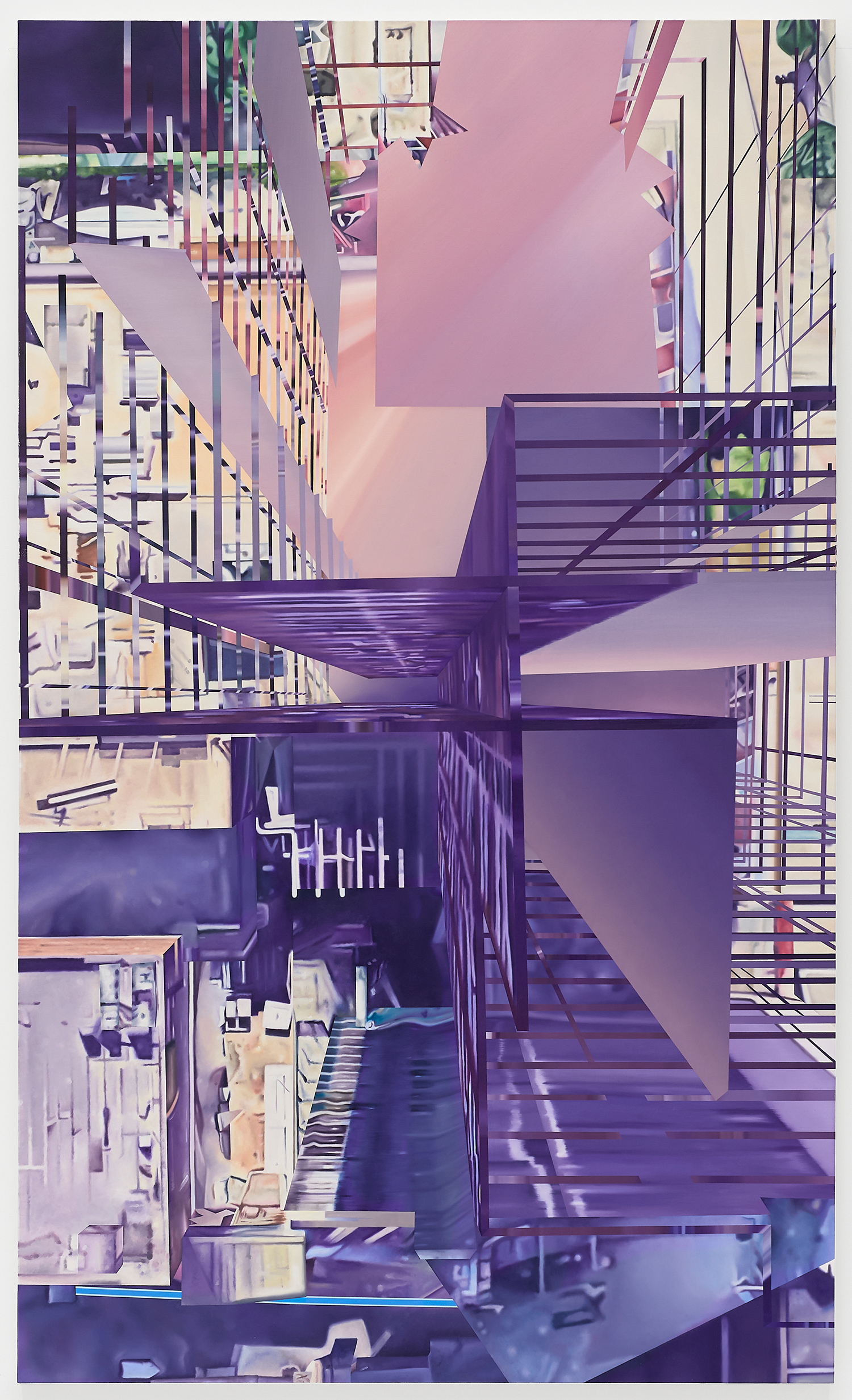
Natalie Birinyi, 40°44’12”N 73°58’21”W 301 ft, 2022, oil, acrylic, and flashe on canvas, 60 x 36 inches, 152 x 91 cm
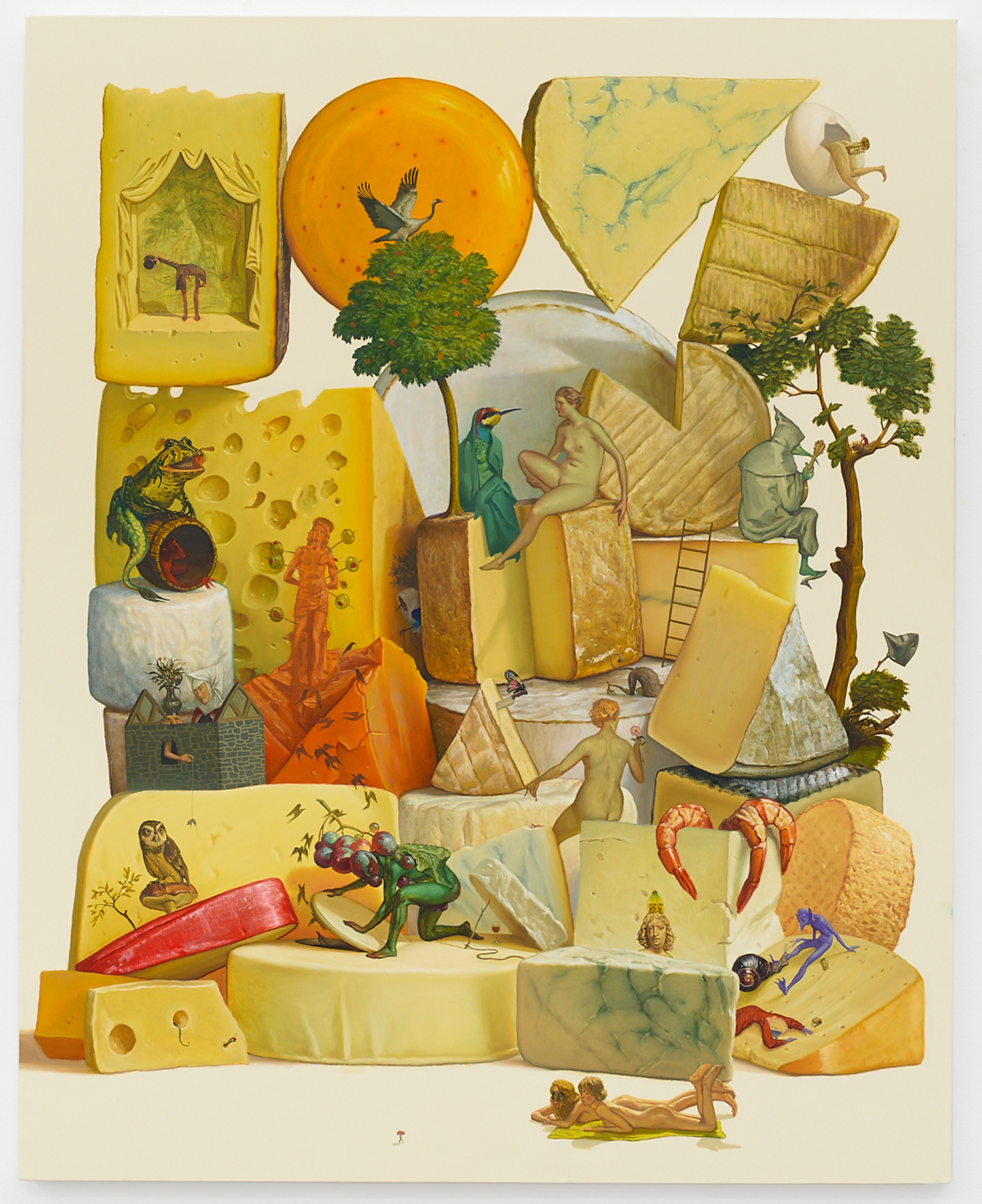
Matthew Hansel, We Live And Die In These Towns, 2022, oil on Canvas, 60 x 48 inches, 152 x 122 cm
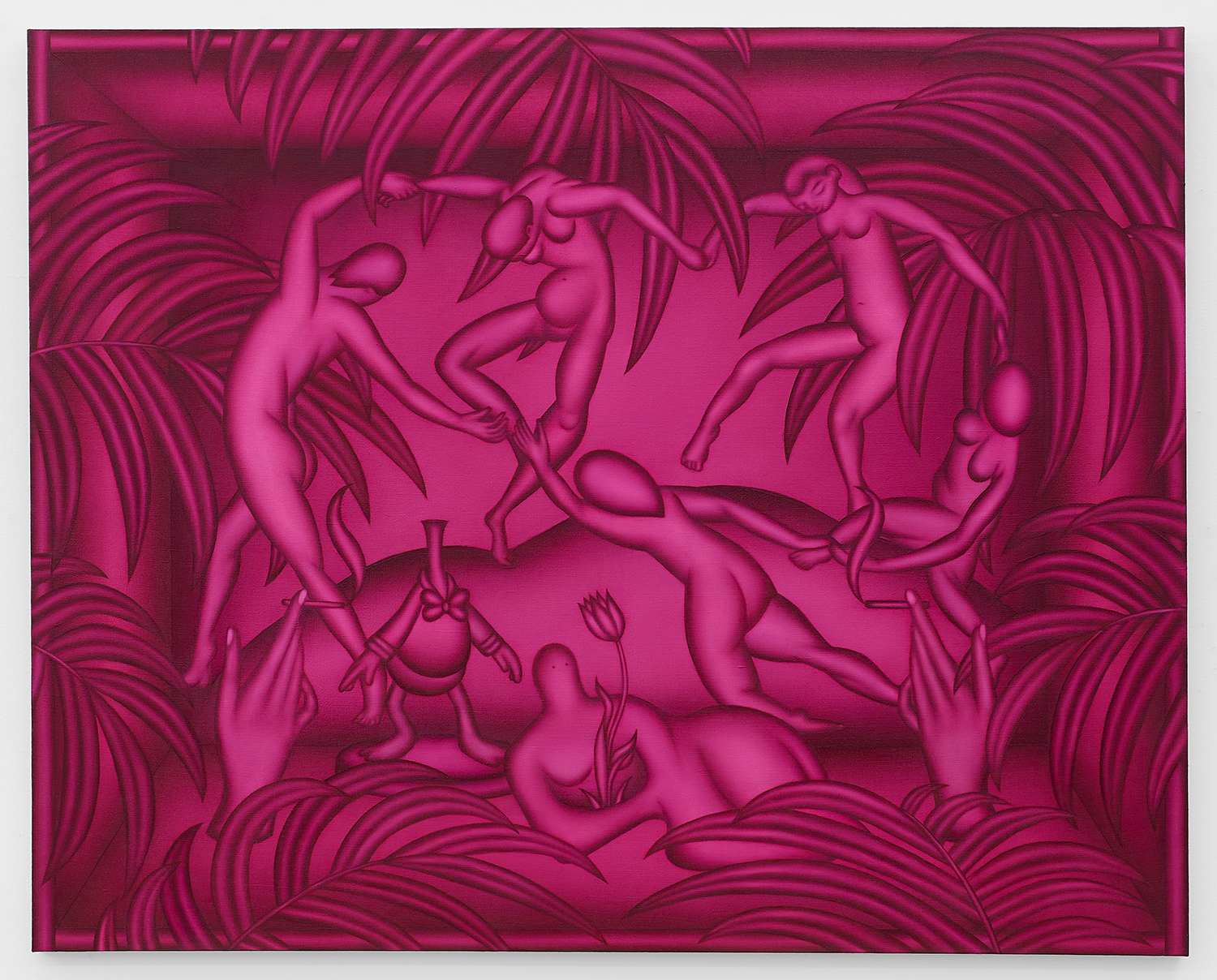
Mathew Tom, The Dance, 2022, oil on linen, 48 x 60 inches, 122 x 152 cm
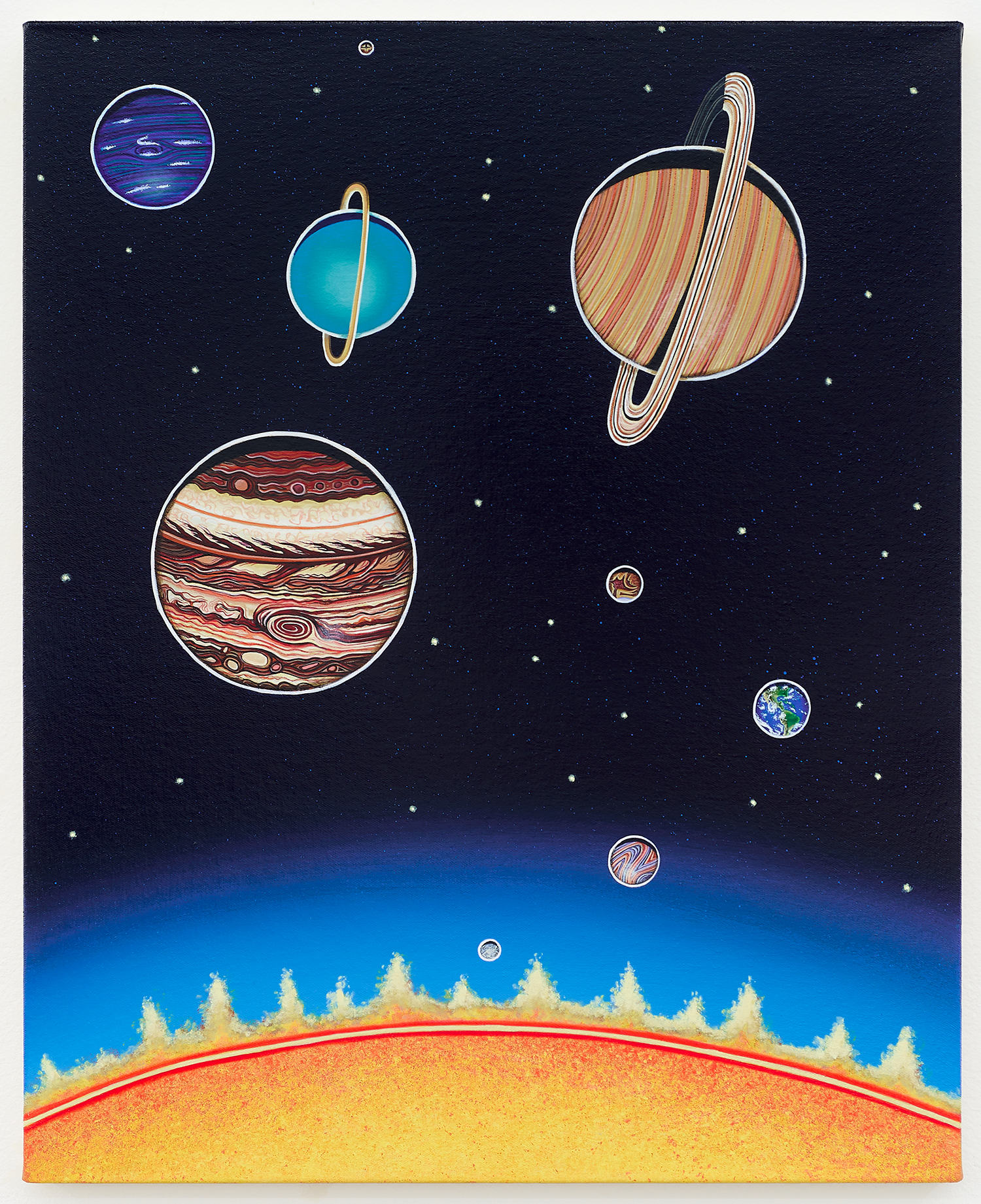
Matthew F Fisher, Once Invisible, 2022, acrylic on canvas, 26 x 21 inches, 66 x 53 cm
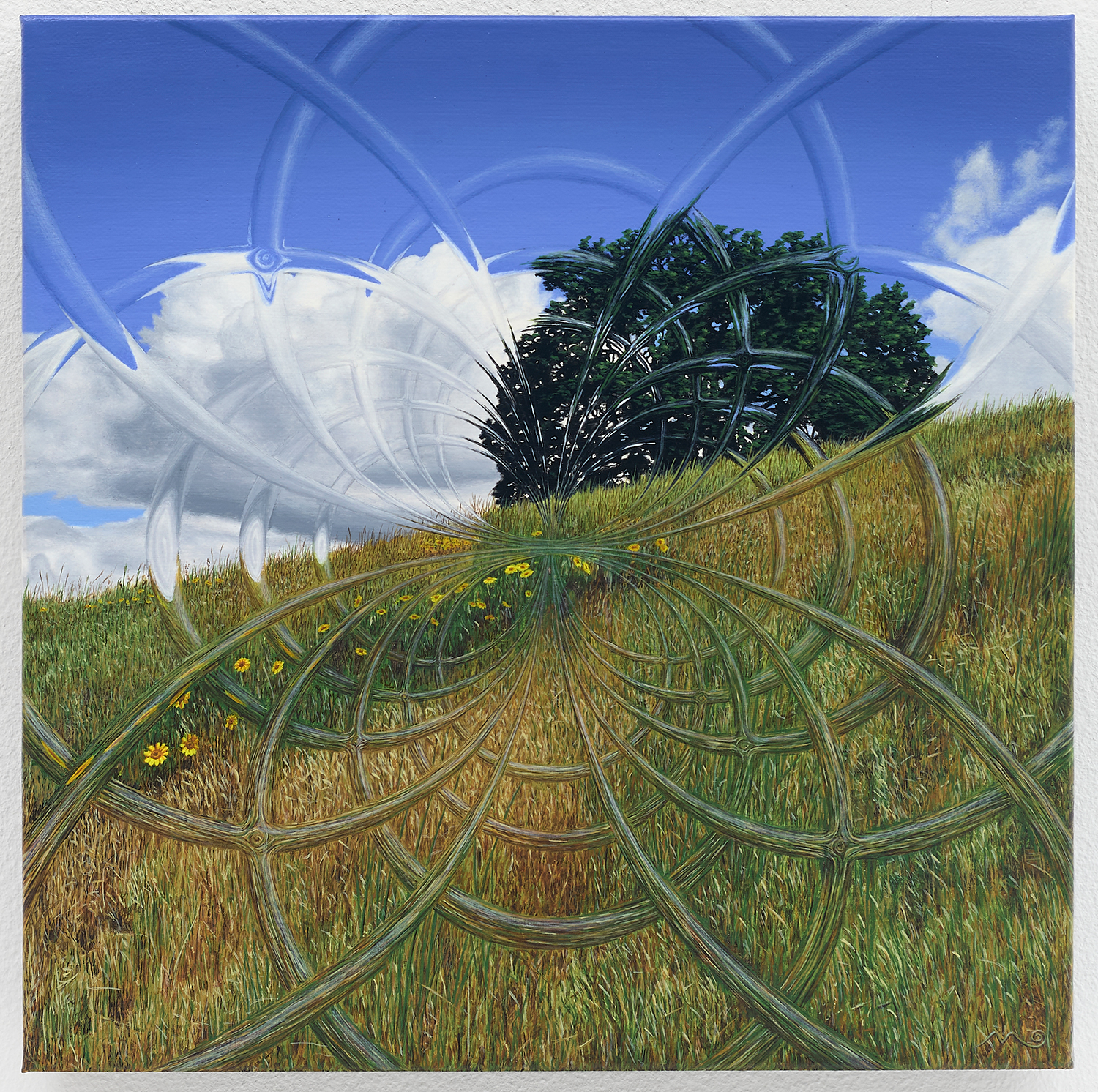
Micah Ofstedahl, Diffractal, 2022, acrylic on canvas, 12 x12 inches, 31 x 31 cm
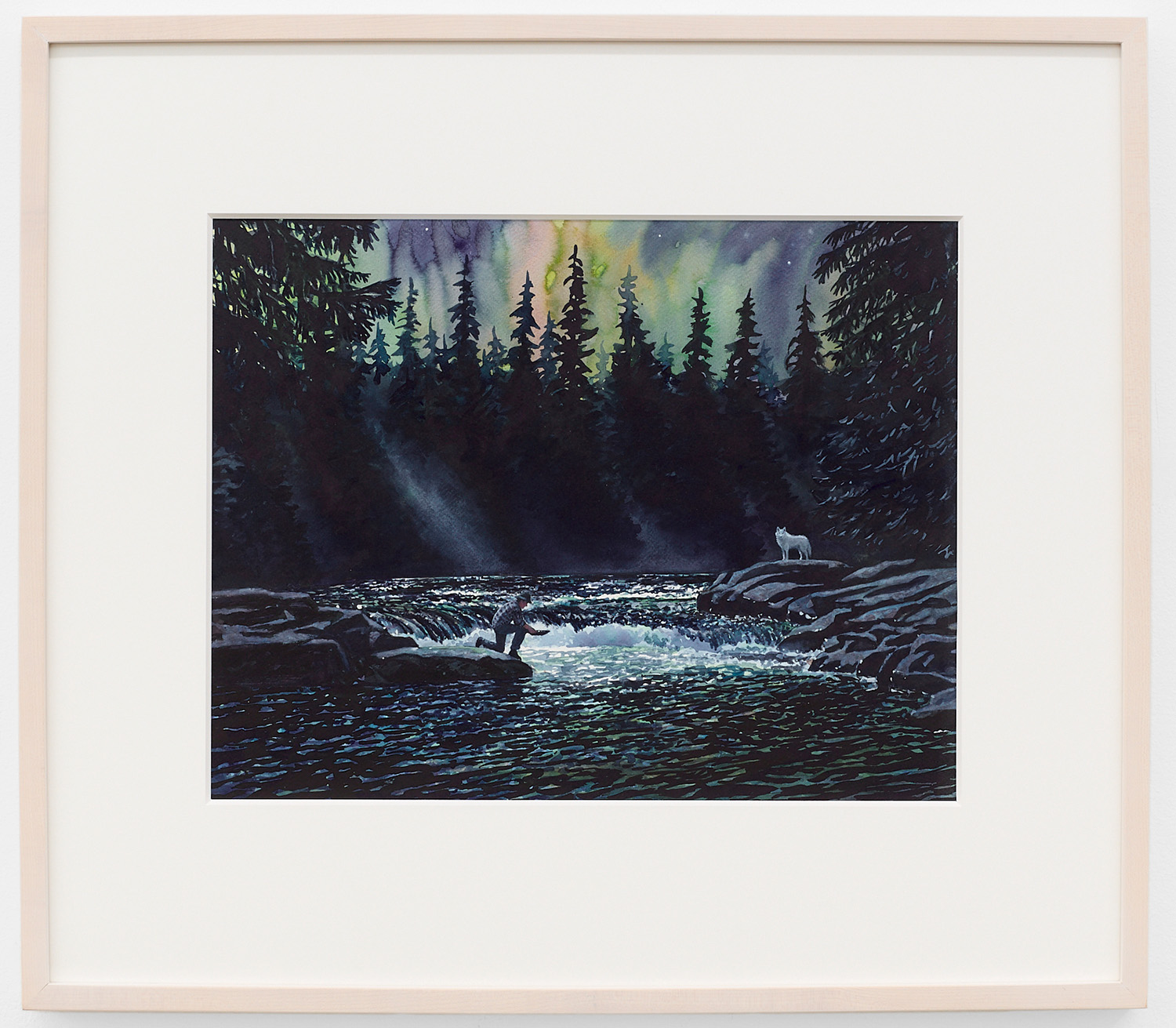
Tim Gardner, Goldpanner and Wolf, Northern Lights, 2021, watercolor on paper, 14 x 18 inches, 36 x 46 cm
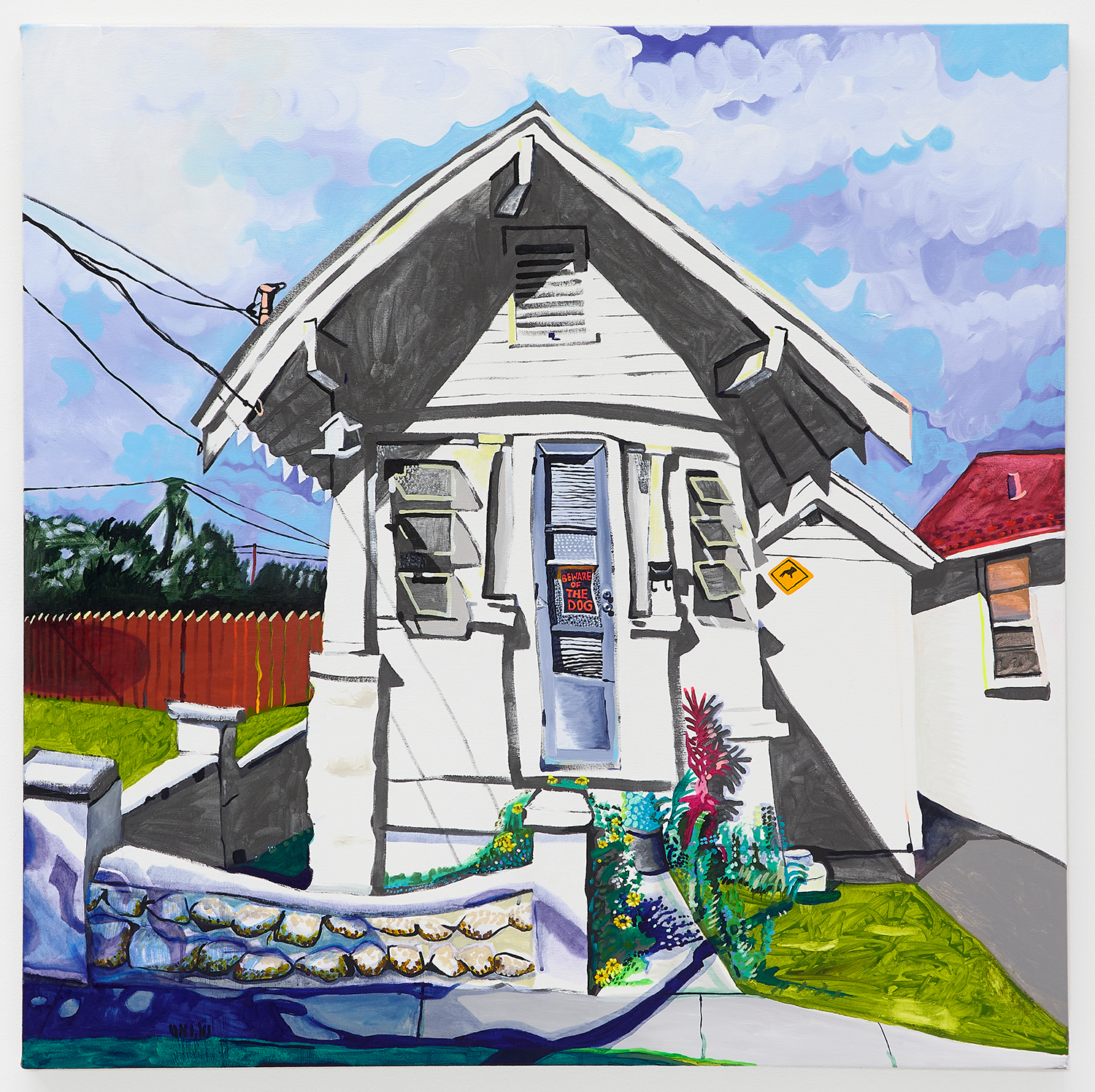
Gabrielle Garland, Untitled, 2022, acrylic and oil on canvas, 48 x 48 inches, 122 x 122 cm

Philip Hinge, Towards Oblivion, 2022, acrylic on canvas, 23 x 82 inches, 58 x 208 cm
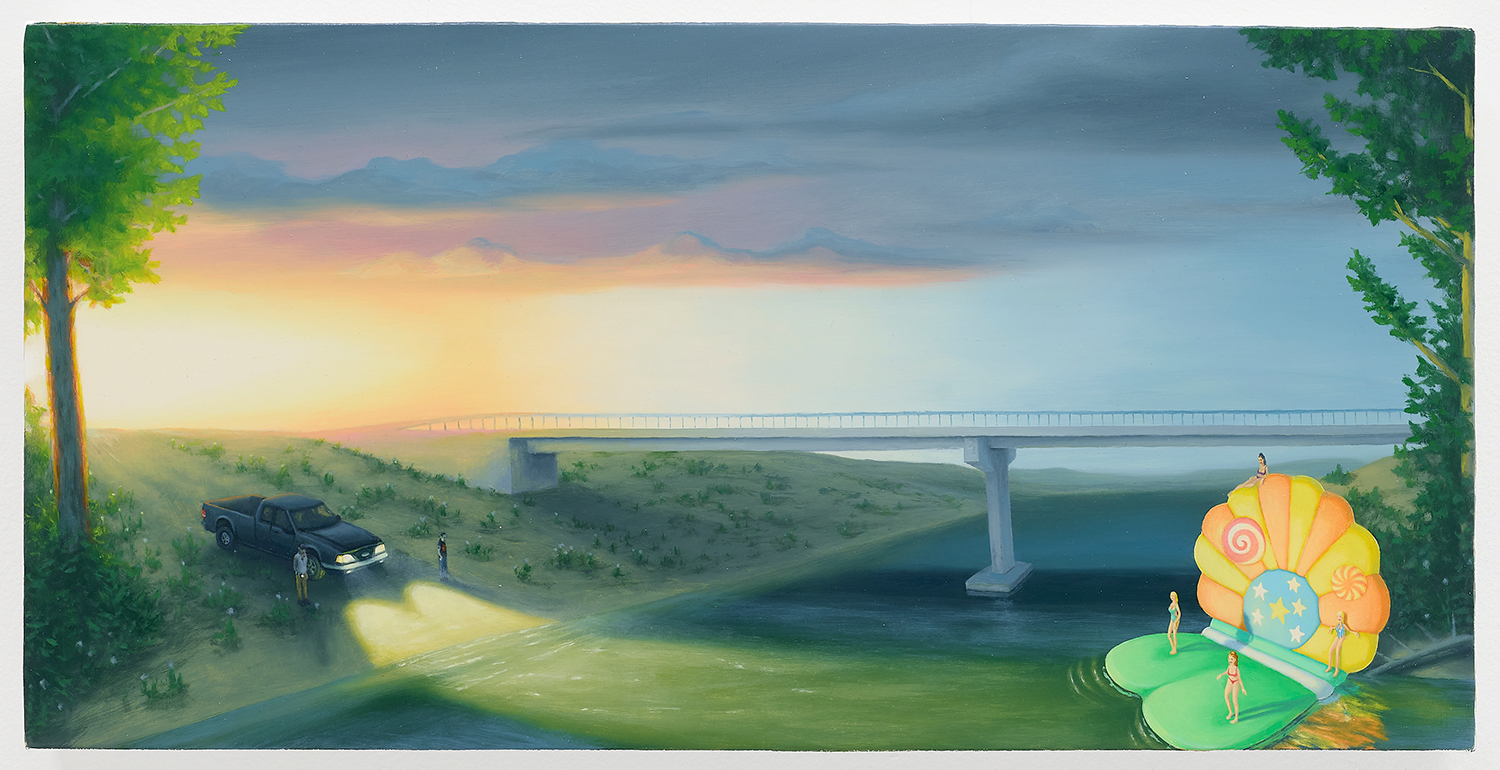
Dan Attoe, Sunset South of Bridge, 2022, oil on canvas on panel, 12 x 24 inches, 31 x 61 cm
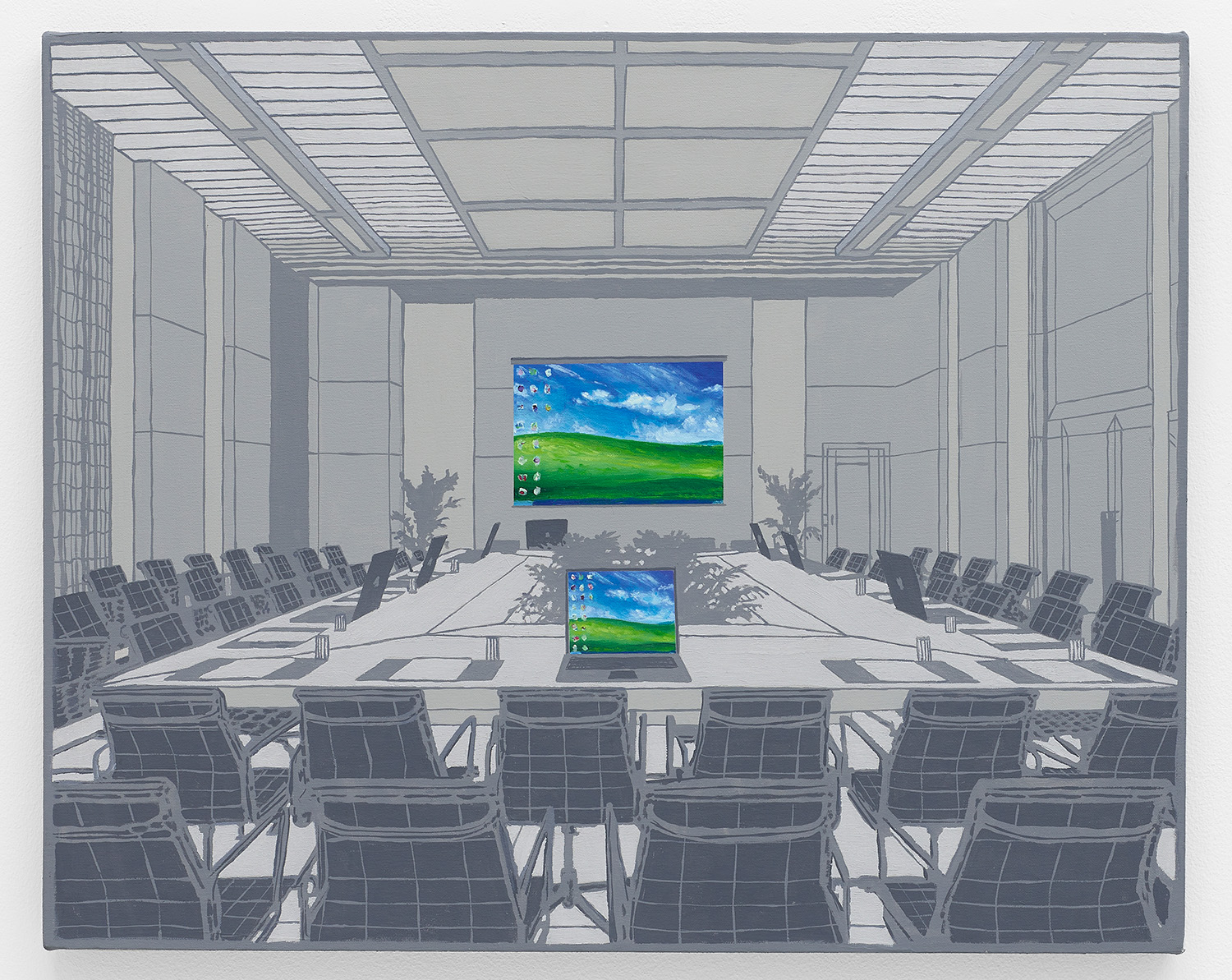
Bryant Girsch, Work Meeting, 2020, oil on canvas, 24 x 30 inches, 61 x 76 cm
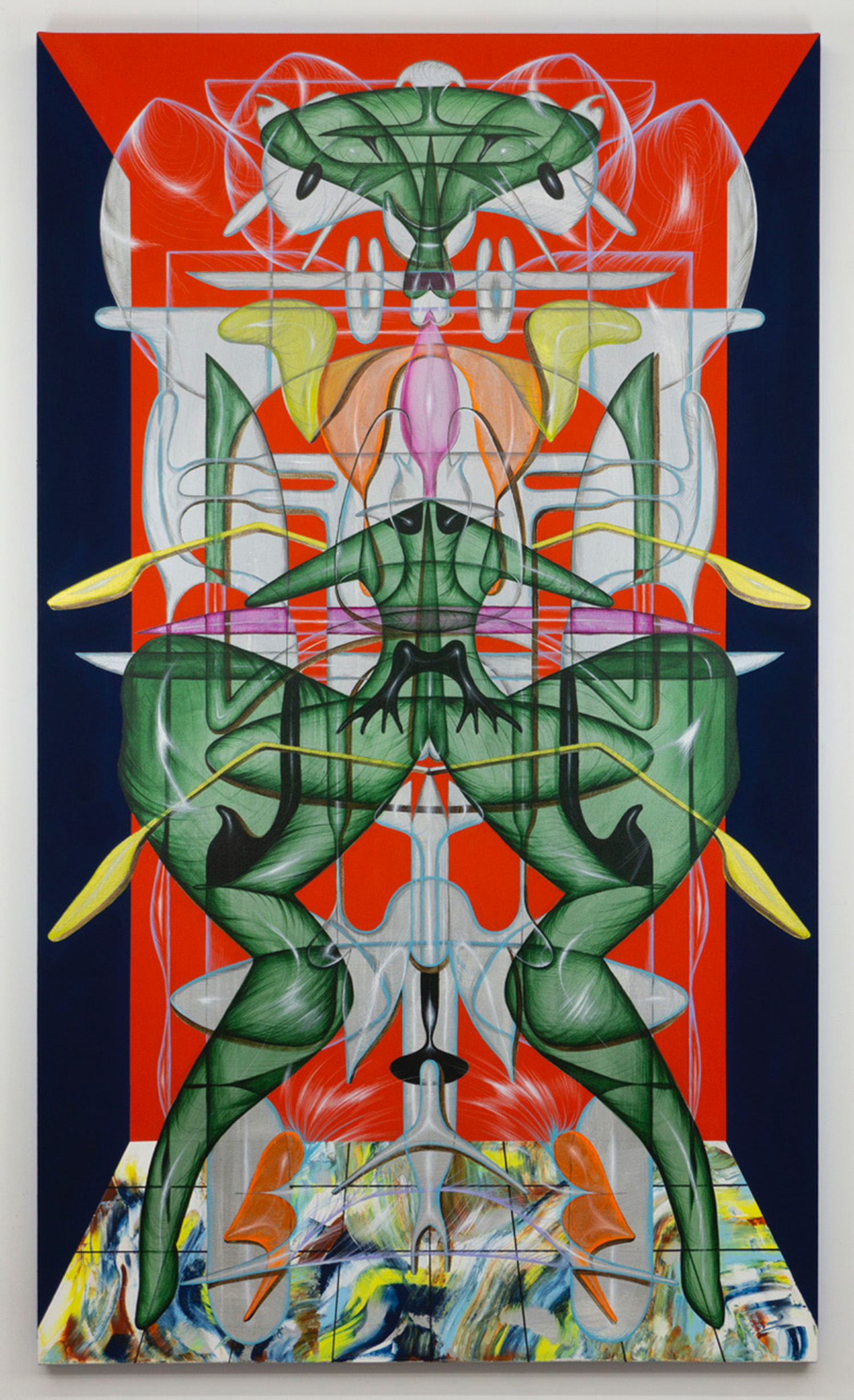
Nevena Prijic, Green Machine, 2022, acrylic and flashe on canvas, 72 x 42 inches, 183 x 107 cm
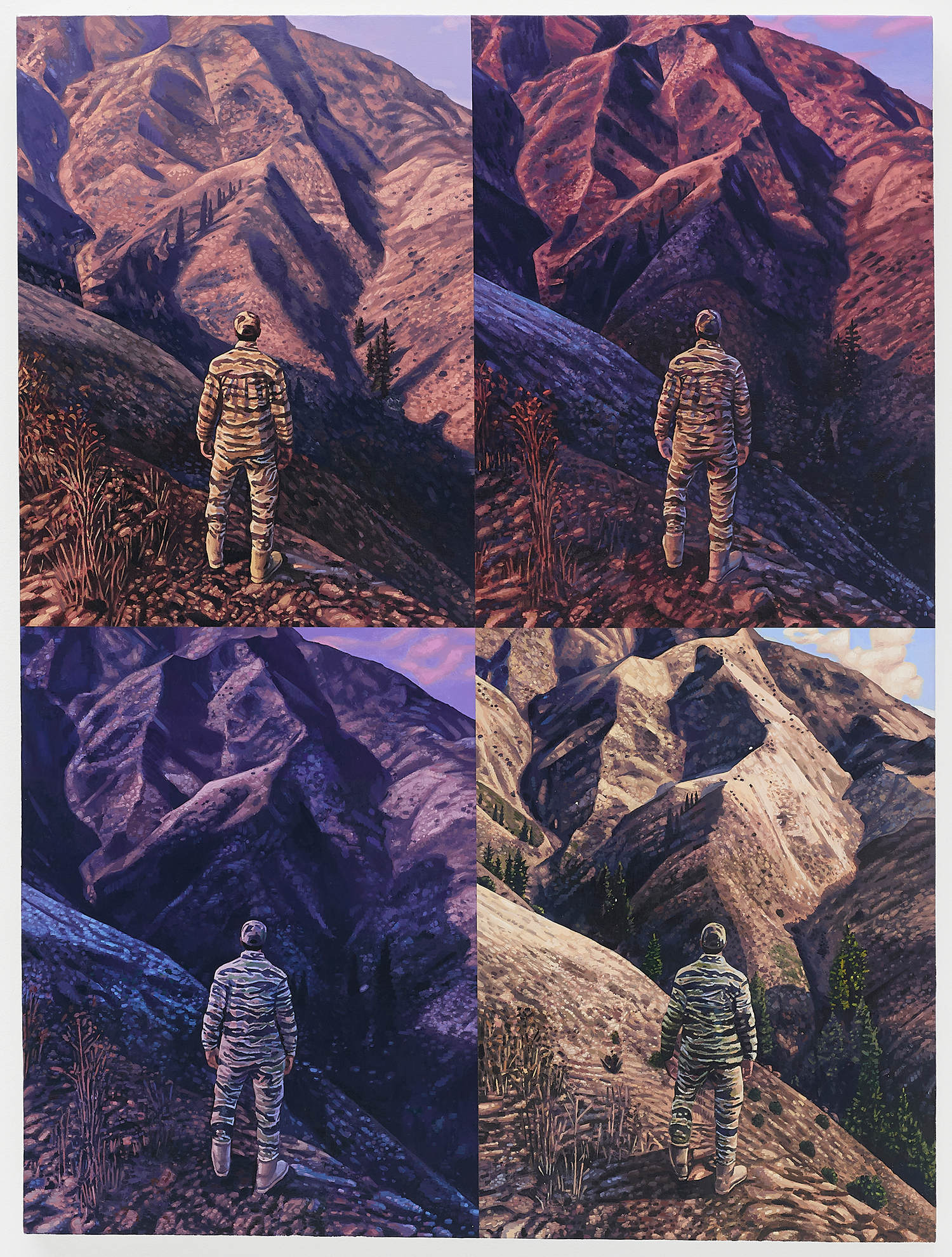
Mathew Zefeldt, Blending In, 202, acrylic on canvas over panel, 48 x 36 inches, 122 x 92 cm

Mathew Zefeldt, Tree and Fern, 2019, acrylic on canvas over panel, 48 x 36 inches, 122 x 92 cm
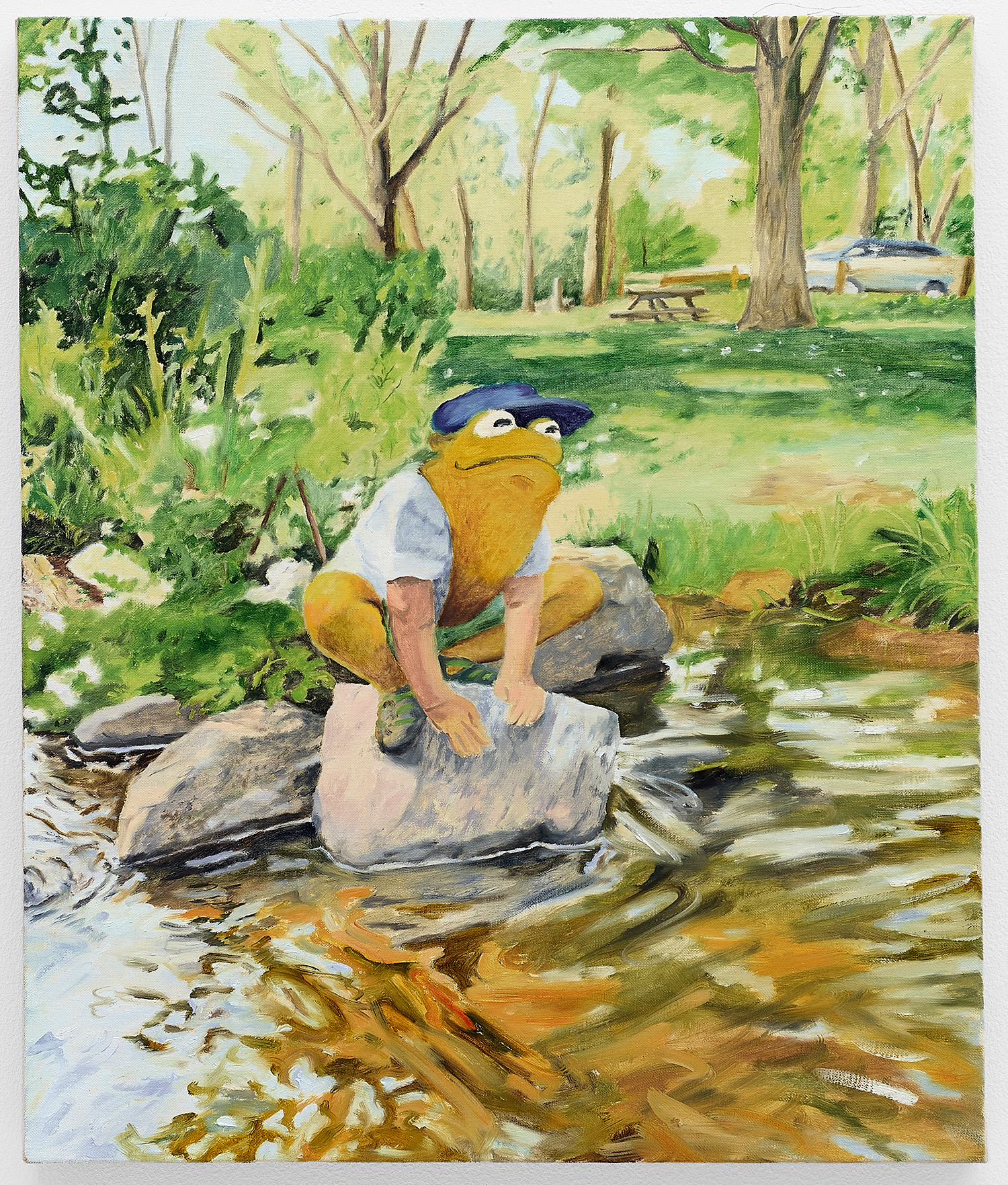
Hiroya Kurata, Toad, 2022, oil on linen, 24 x 20 inches, 61 x 51 cm
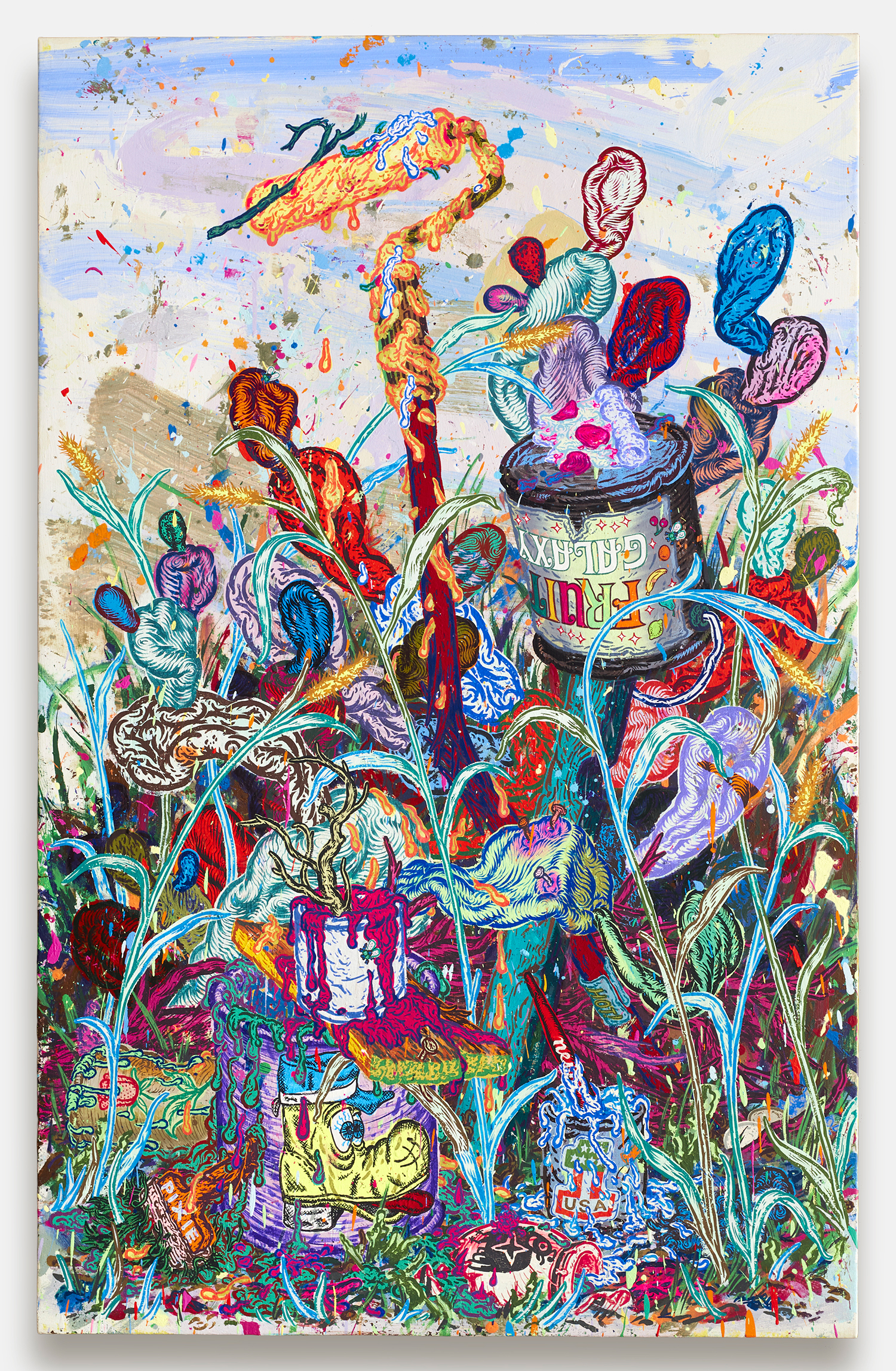
Taylor McKimens, Fruit Galaxy, 2022, acrylic on canvas, 76 x 48 inches, 193 x 122 cm
